Text and photos: Žikica Milošević
There aren’t many older cultures and countries in Europe, and at the same time little-known and marginalised, as Georgia and Armenia. The first two nations to collectively accept Christianity, these two gems of the Caucasus Mountains are first-rate tourist attractions, offering a mixture of the old and the brand new, Soviet and imperial Russian, post-USSR and mediaeval. A unique blend of churches, mountains, caves, lakes, seashores and cities will remind you of the former Yugoslavia, but with a specific touch.
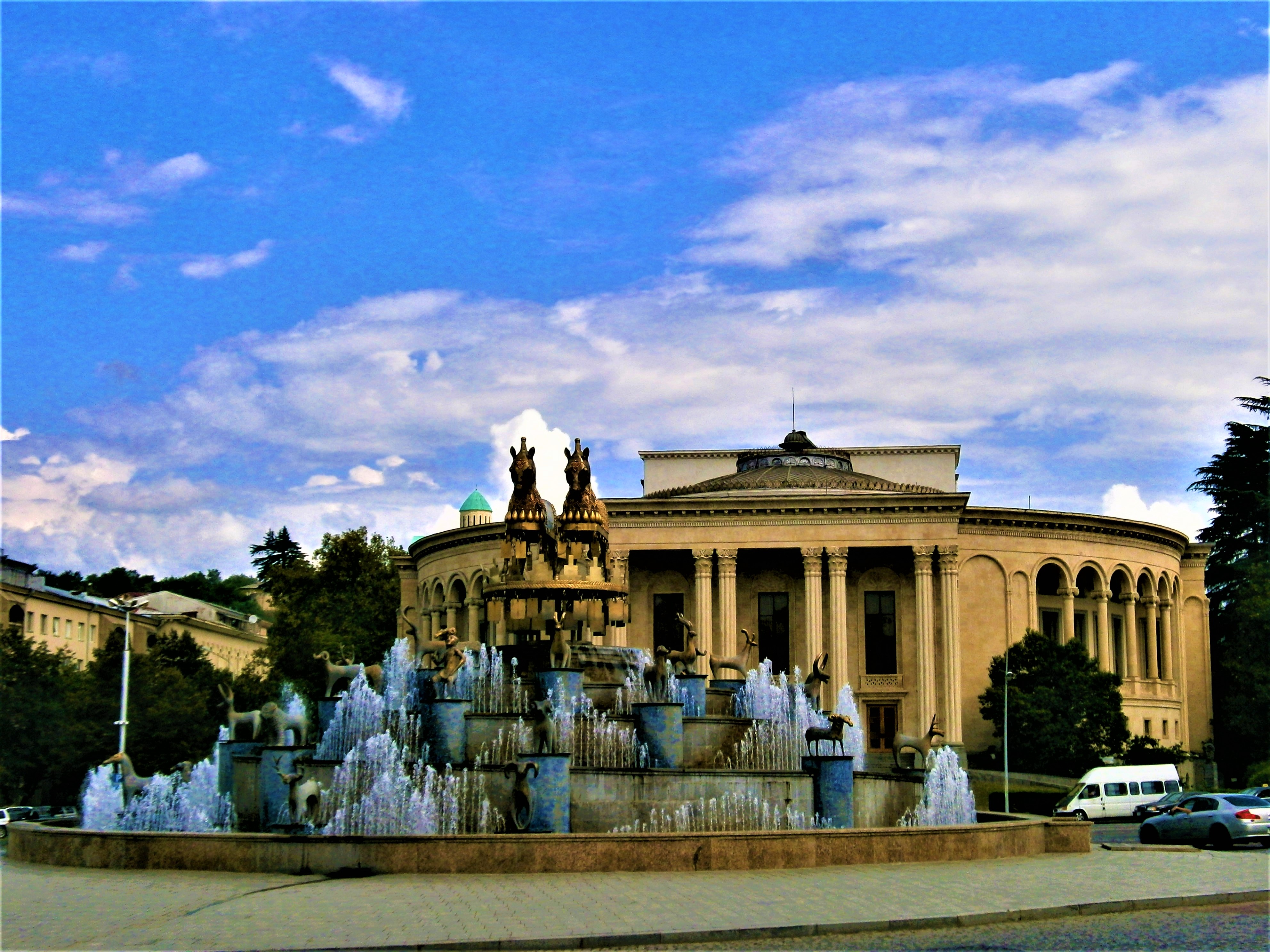
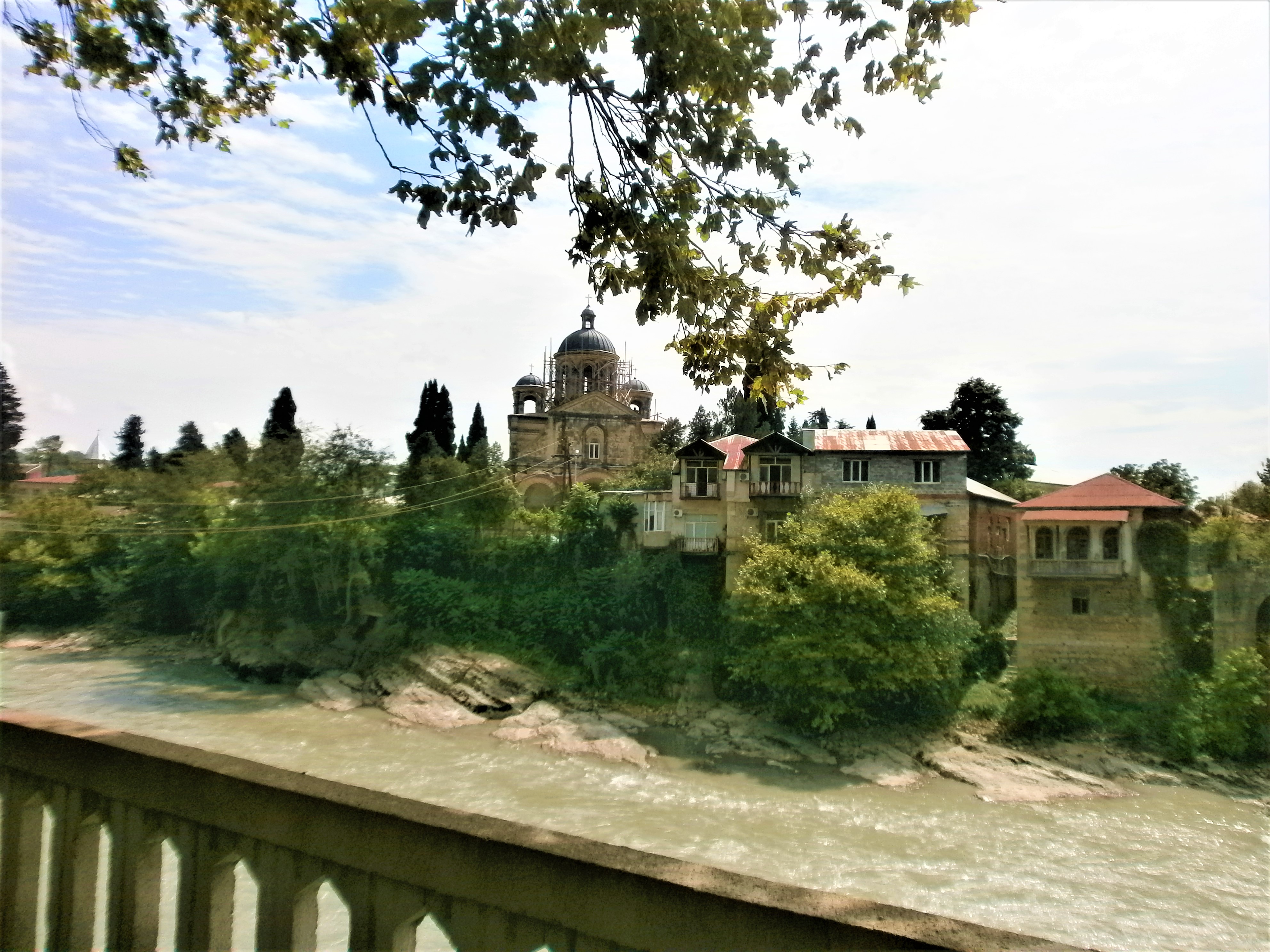
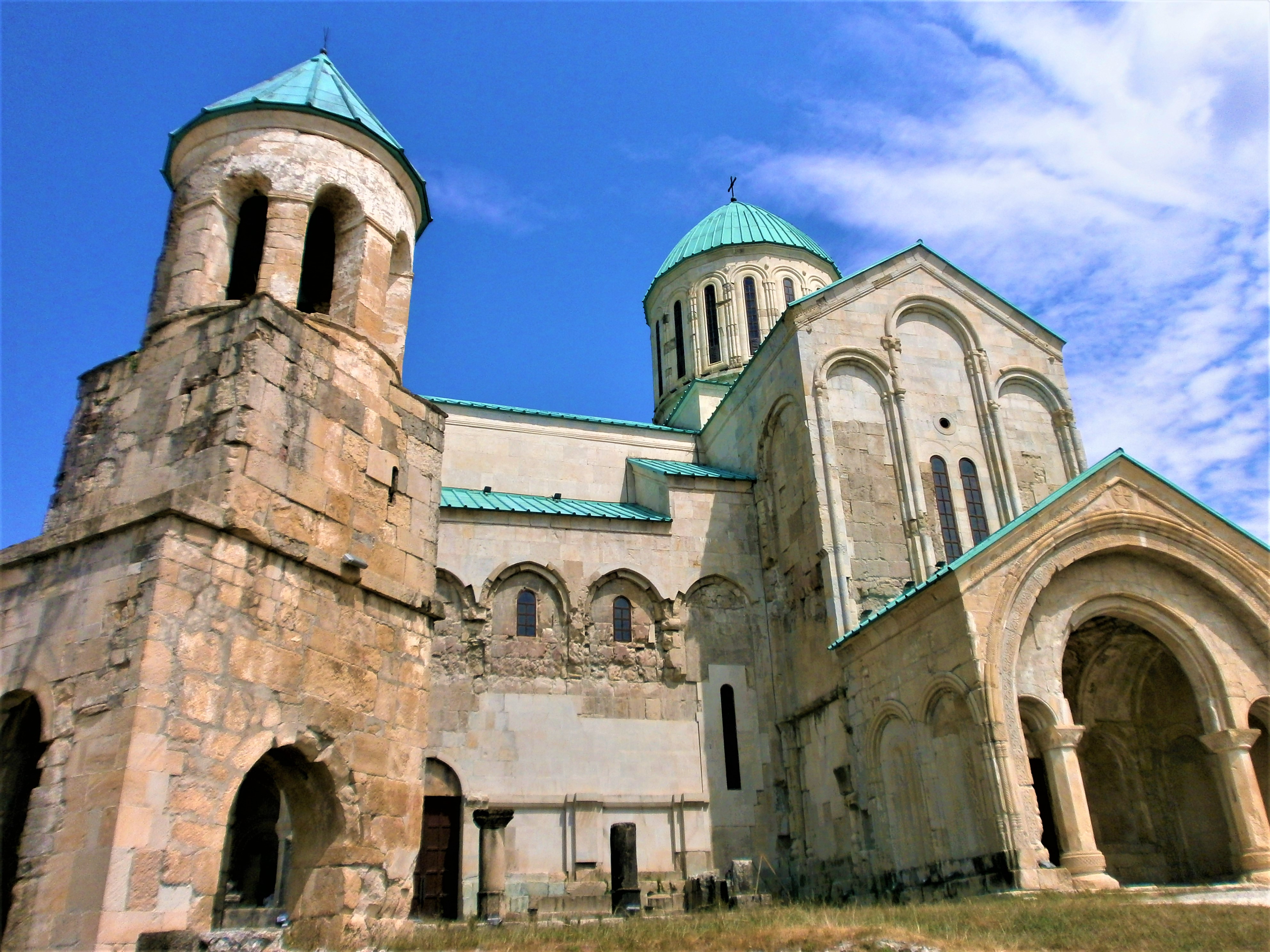
KUTAISI – The shadows of the Empire
When I wrote the headline I was referring to the idea that when Noah and his family survived the complete destruction of the world by the deluge they landed on Mount Ararat, which is just south of the Caucasus. And this, means that in the Middle East they probably thought nothing was higher than Caucasus. And when you come to Georgia nowadays you usually land at the small airport of Kutaisi, the old capital of Imeretia. Few people would have considered this sleepy city prior to the introduction of Wizzair’s route from Budapest. Jason and the Argonauts found the Golden Fleece here, and so will we.
Kutaisi resembles a remnant of an old empire, and the common impression is that it is like Ceylon: Kutaisi was in the Russian Empire, while Ceylon was in the British Empire. The traces of former glory are still quite visible, though many of the facilities, despite their splendour, are in a state of disrepair, covered by damp. Moisture is ubiquitous in this region, locked between the mountains and the sea. Everything is lush and green, and the rain comes out of nowhere. Whenever I notice an overly green landscape I know that I have to be suspicious of the weather, and to bring one obligatory item: an umbrella. So Kutaisi did not disappoint me. The state of the River Rioni provided a sign that the summer was dry and hot. The laidback attitude of the population is also something to be enjoyed. The street beer and kvas taps were a great solution to deal with the exhausting heat. My friend Radomir tried to order by saying “Three beers” in English, but to no avail. I said “Tri piva” in Serbian (it is the same in Russian), and we got our beers. The man asked us where we’re from in Russian. Serbia. Friends, Orthodox brothers! The rest of the conversation was: Radomir in Serbian, our interlocutors in Russian, all of them understanding each other perfectly. Georgia, a country where you can speak Serbian and be understood. The Rioni flows lazily; Bagrationi Church looks down at you from the top of the hill, and the buildings by the river look a lot like Mostar, only Christian. I can’t wait for the moment when all of them will be restored, like in the town centre, which now looks like it did in 1888. Restaurants are also mushrooming and the food is delicious, even street food delicacies like khachapuri, lobani, churchkhela – names that are far harder to pronounce for someone coming from the West. Thank God that the Slavic languages all have these same consonant clusters. Goodbye, Kutaisi, our gate to the Caucasus, let’s swim in Adjaria.
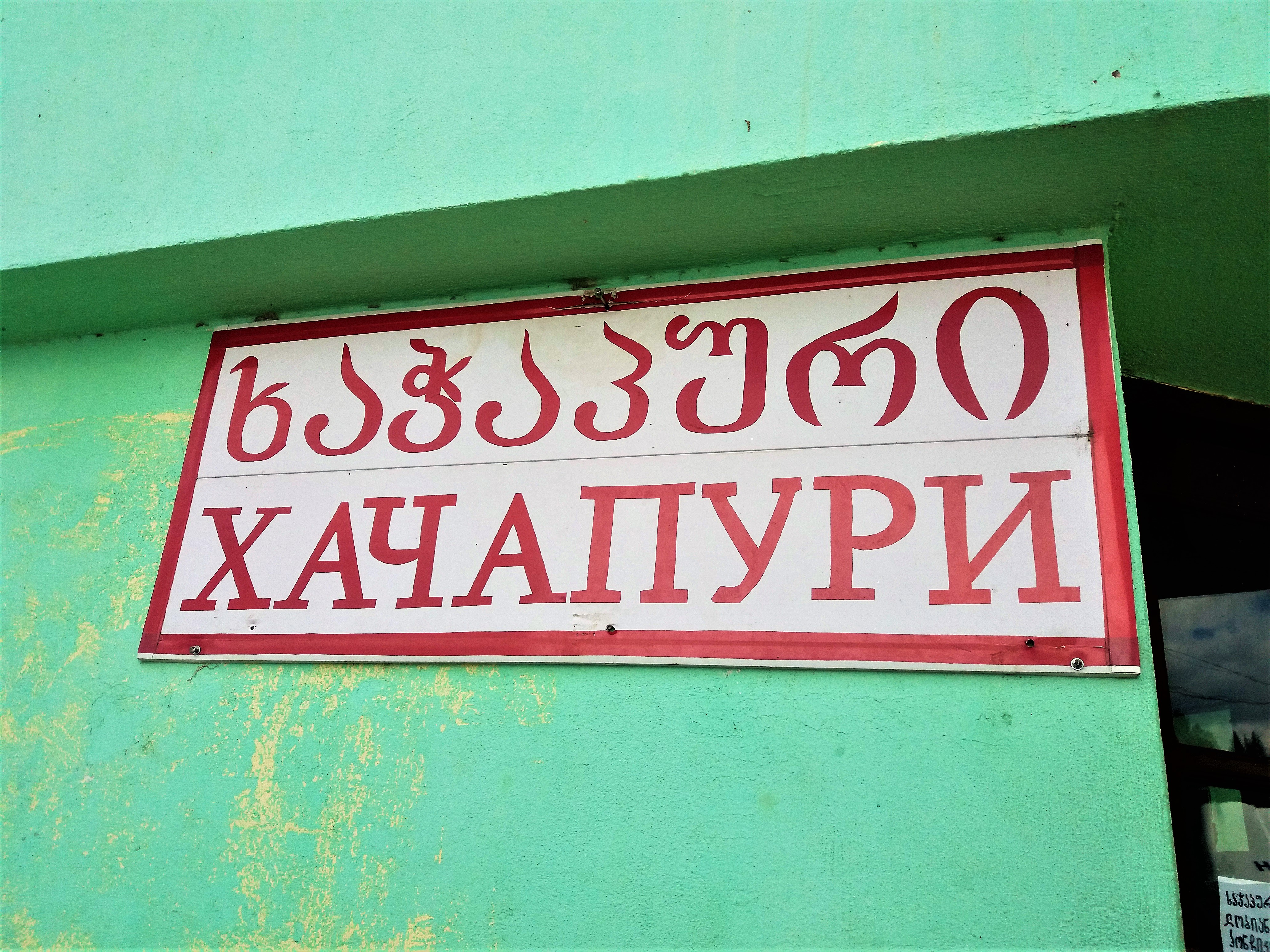
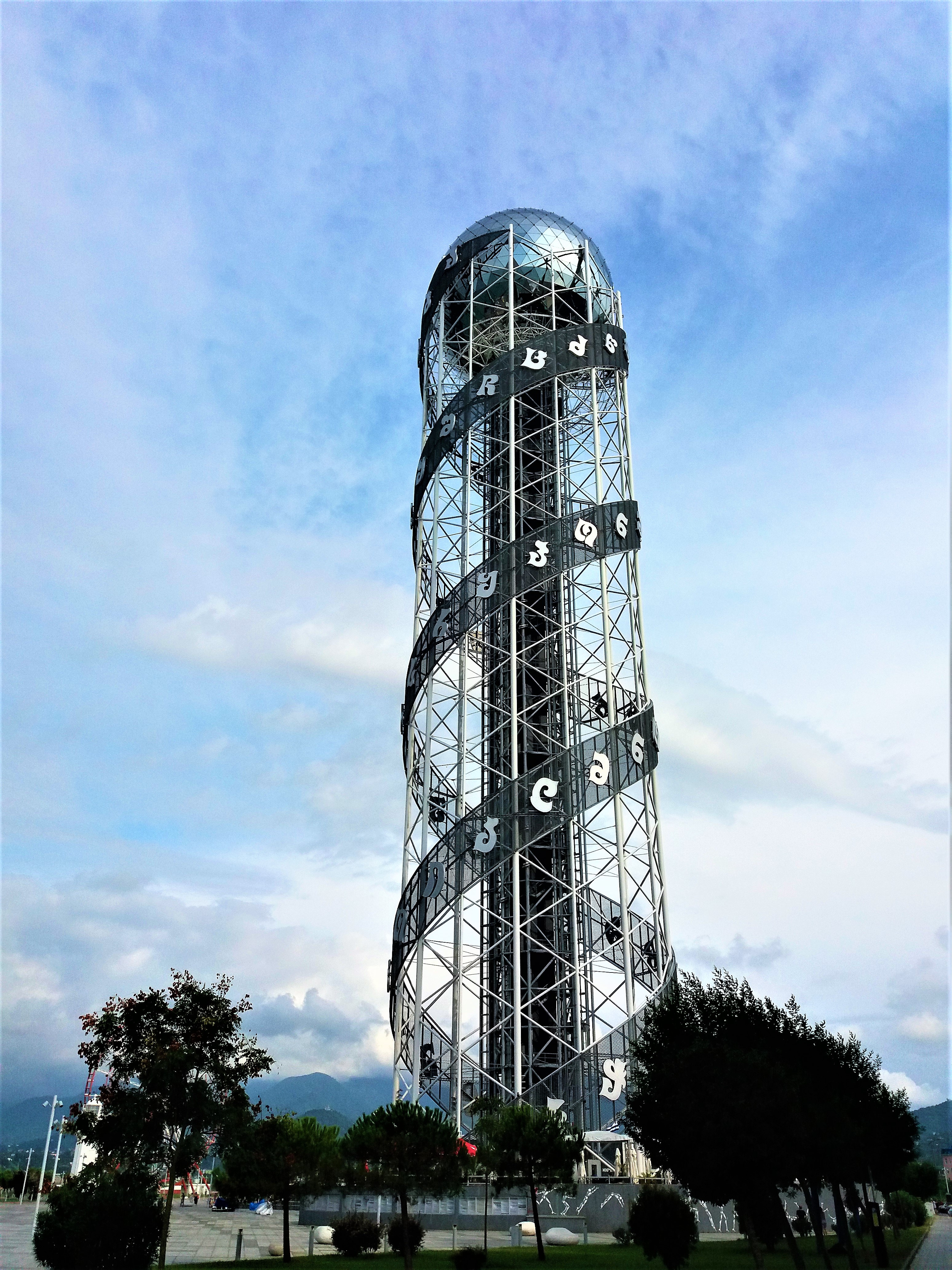
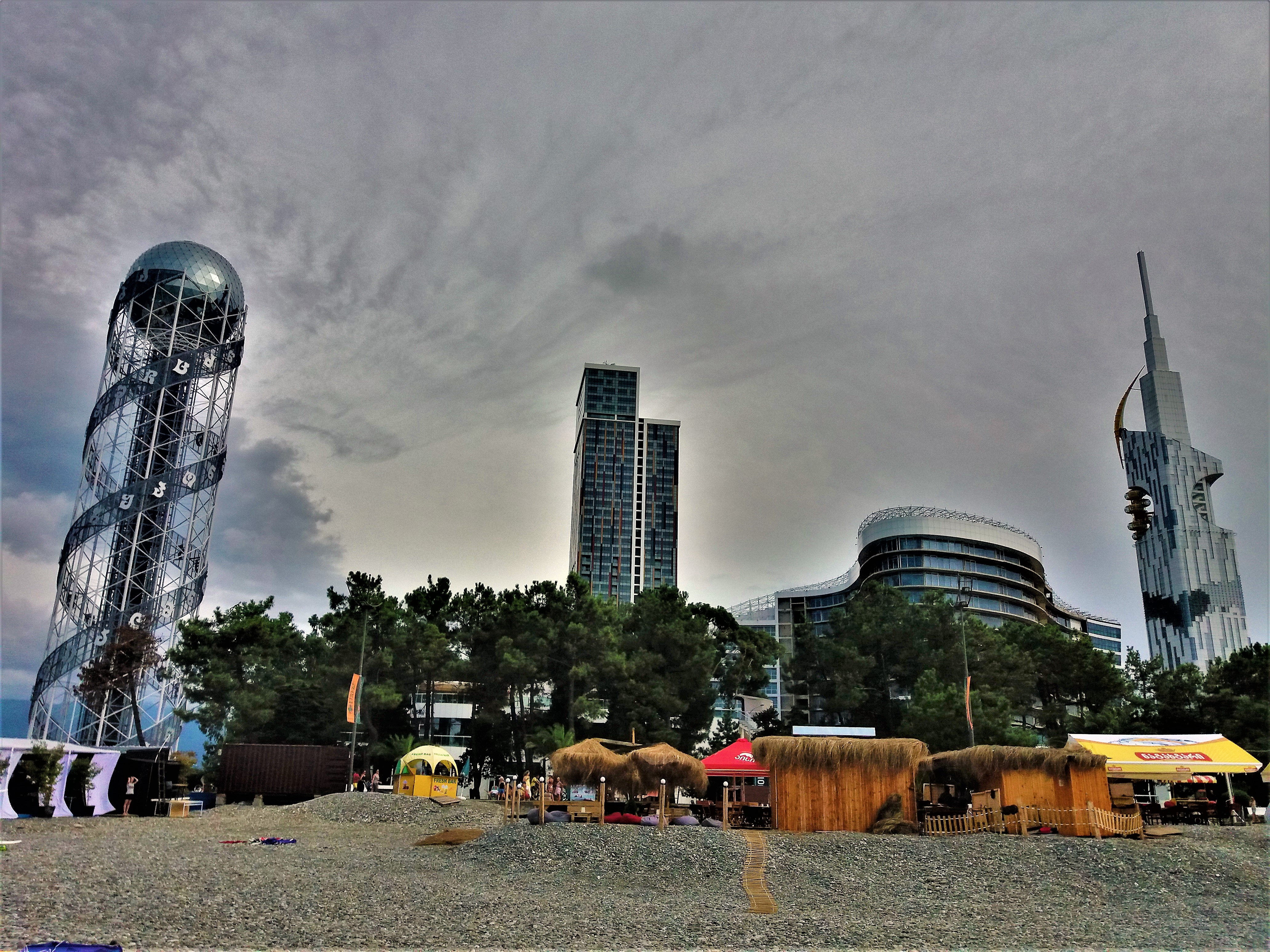
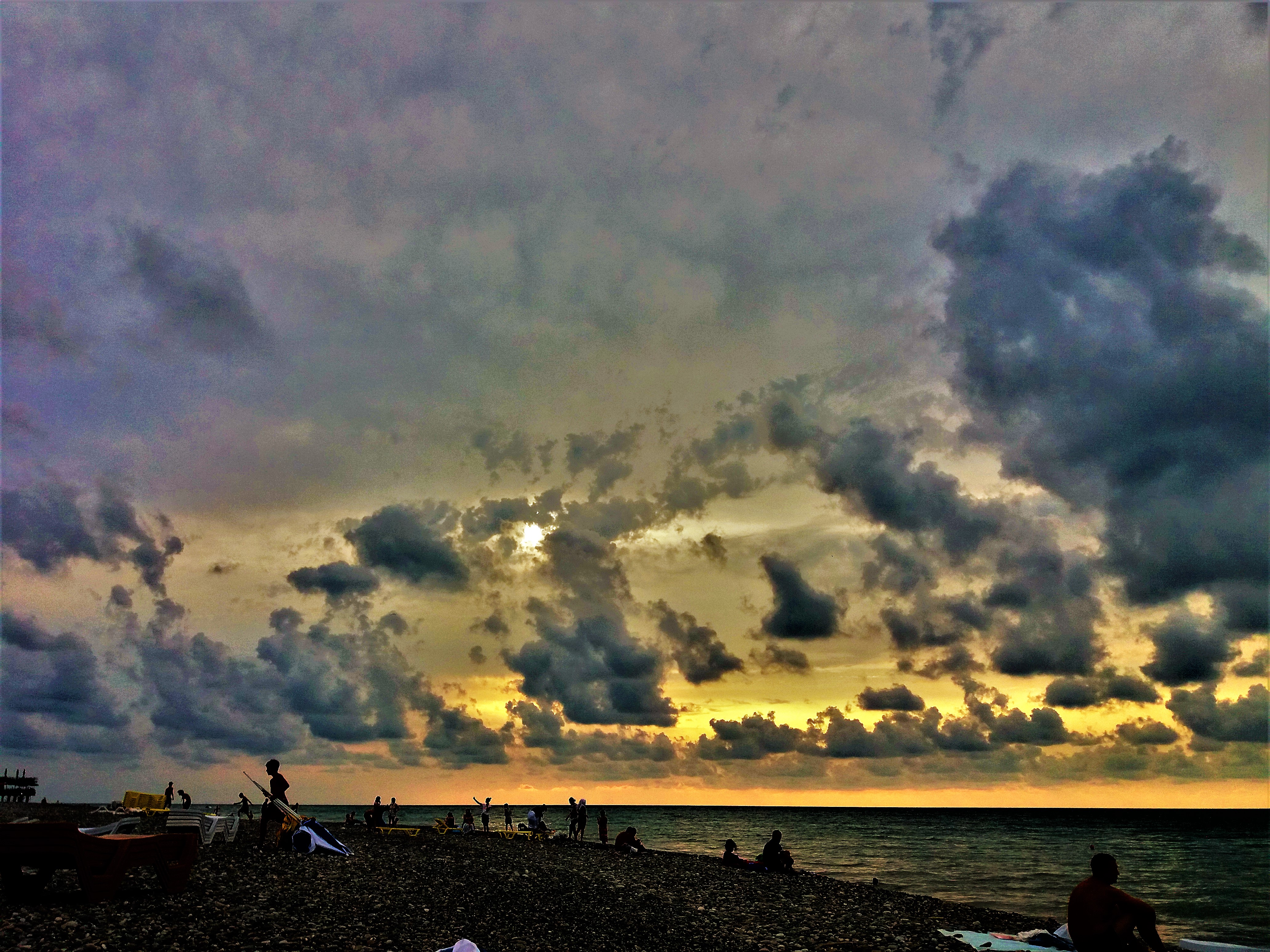
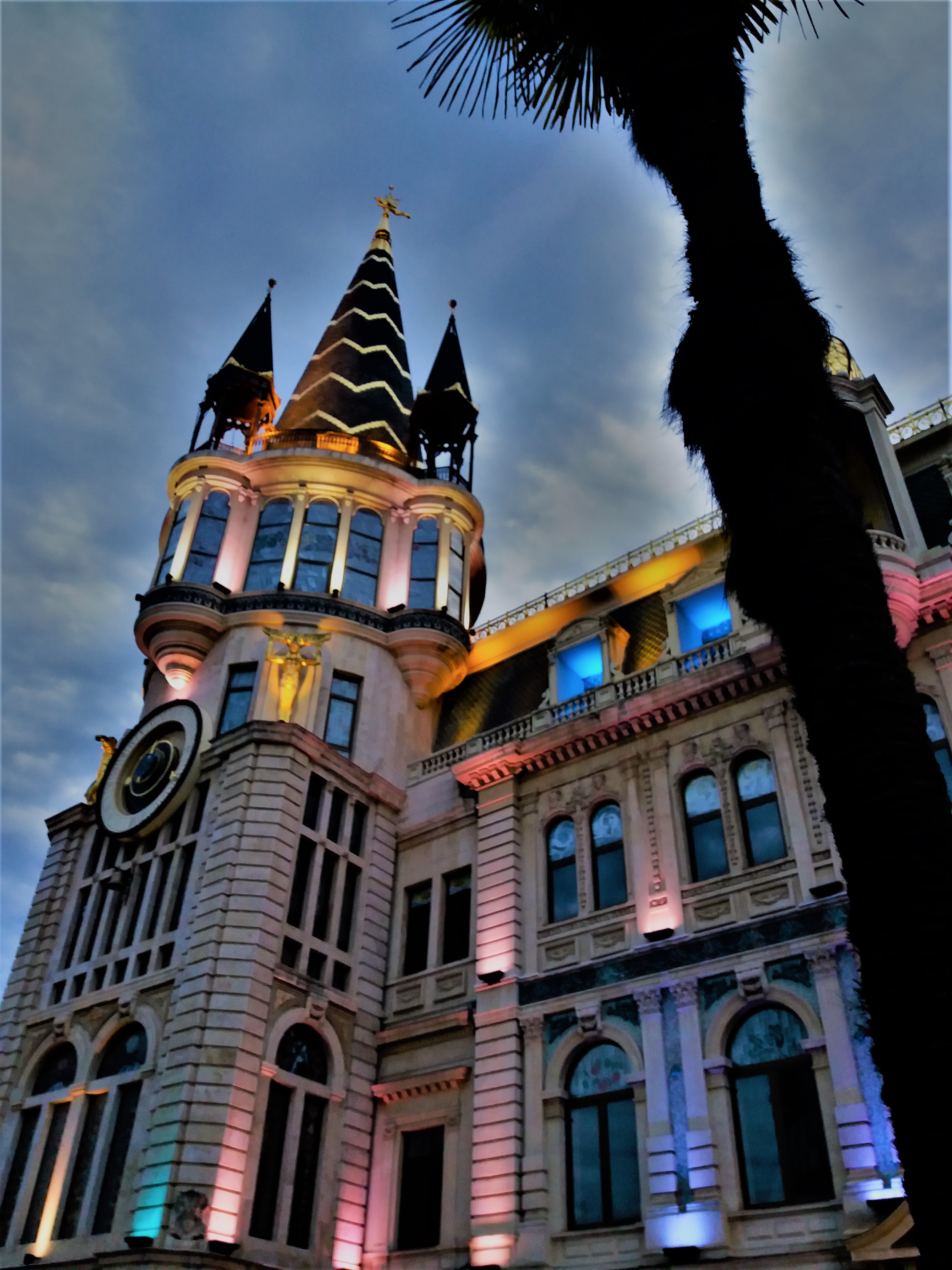
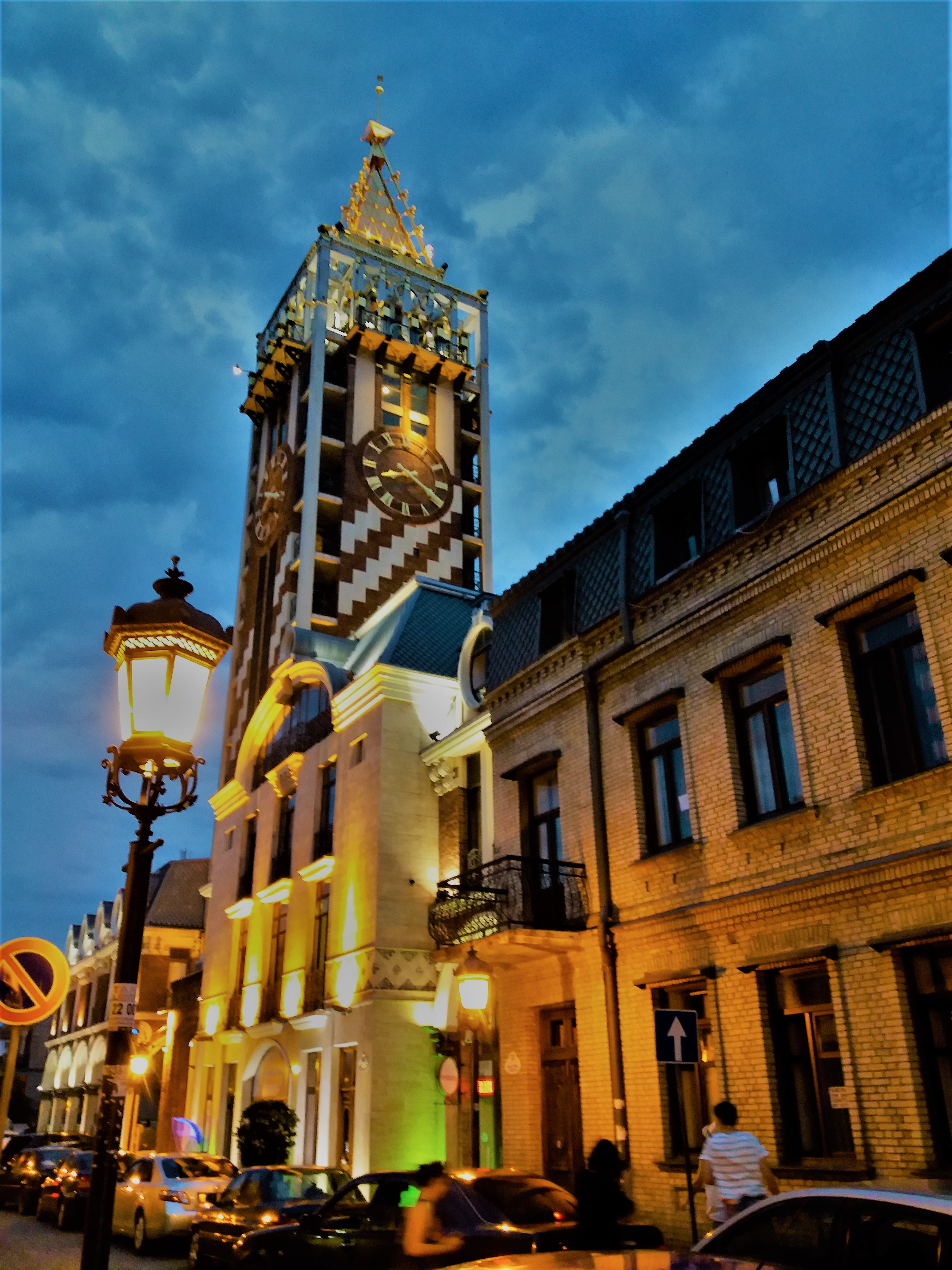
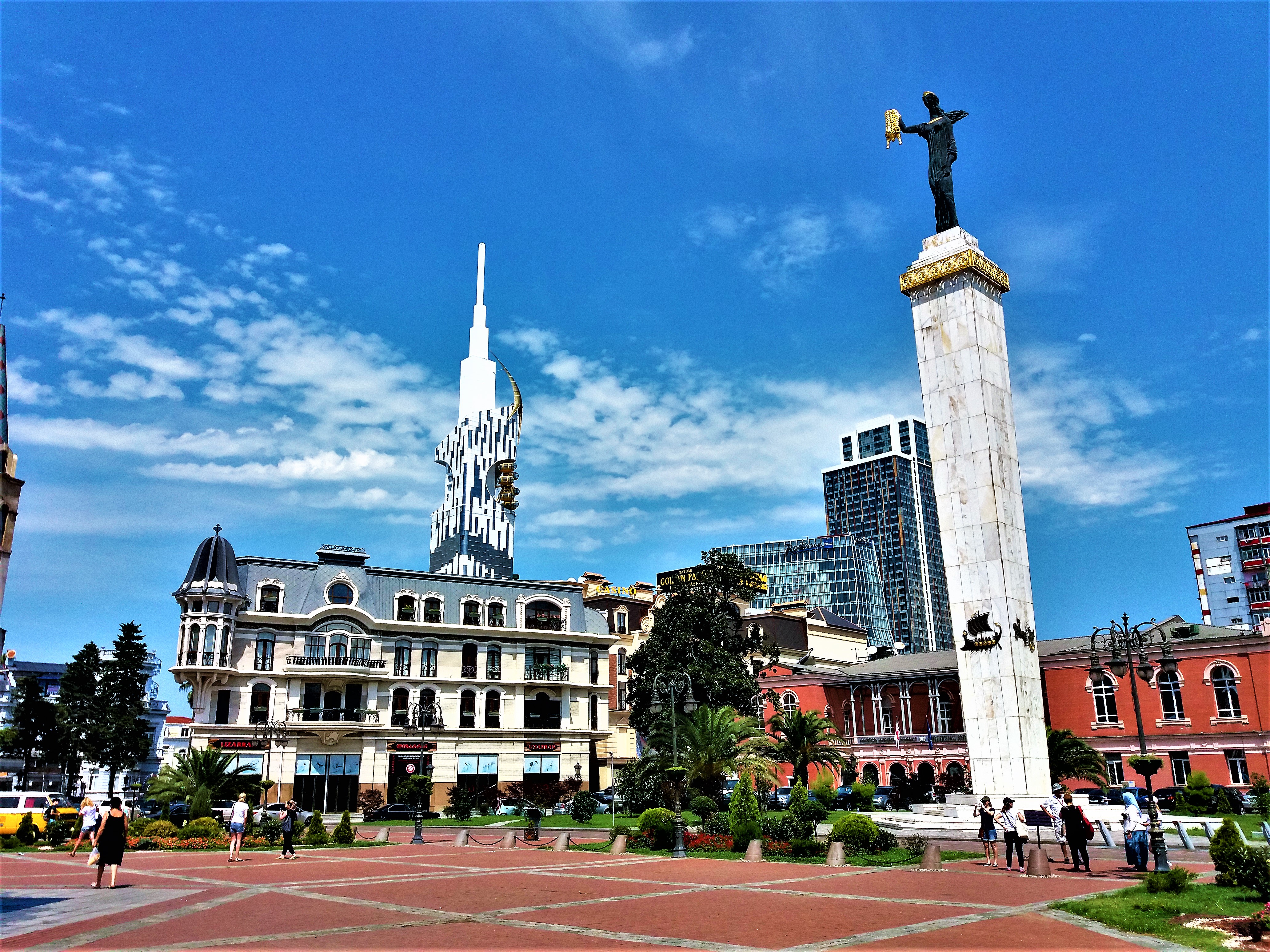
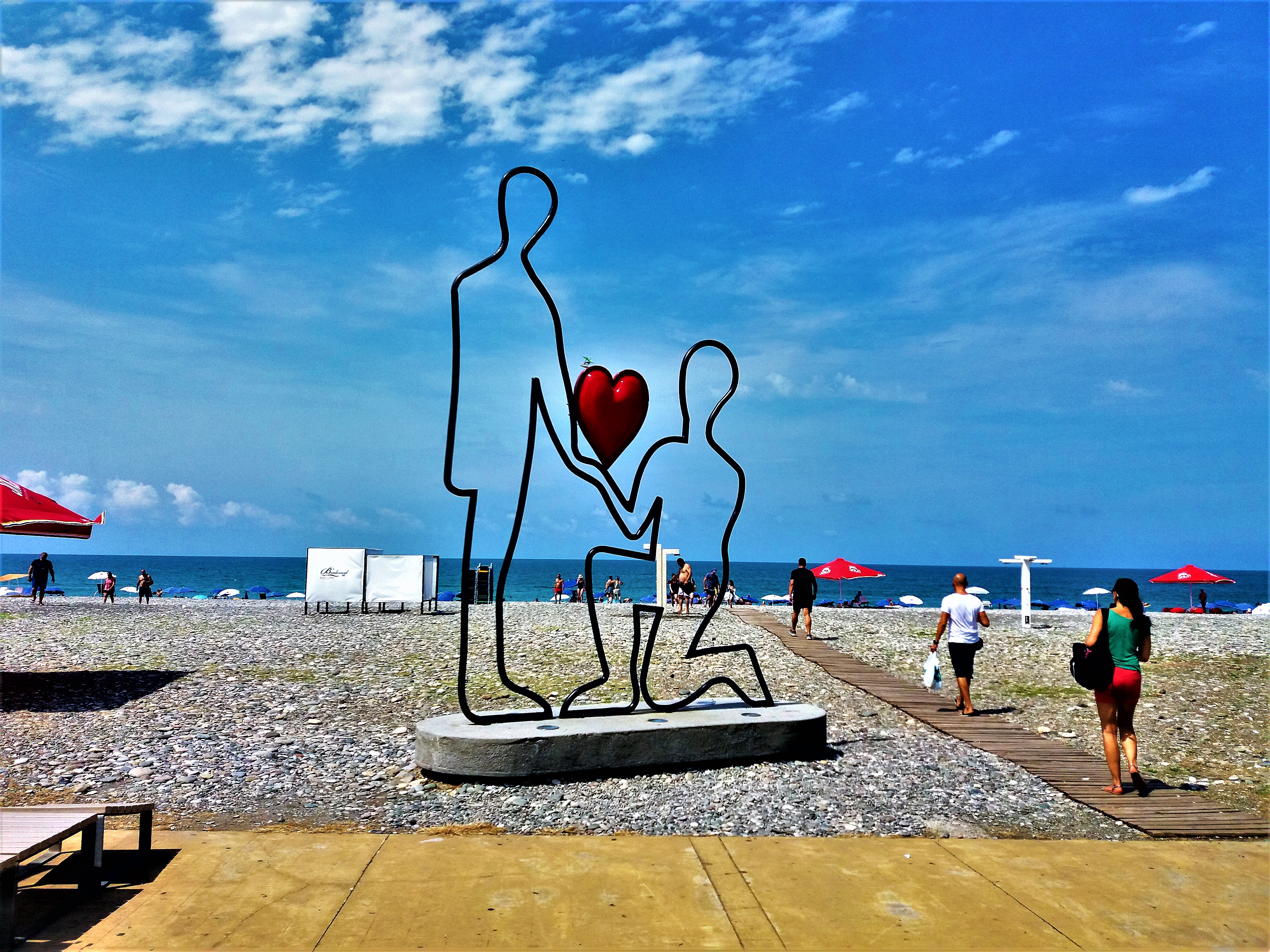
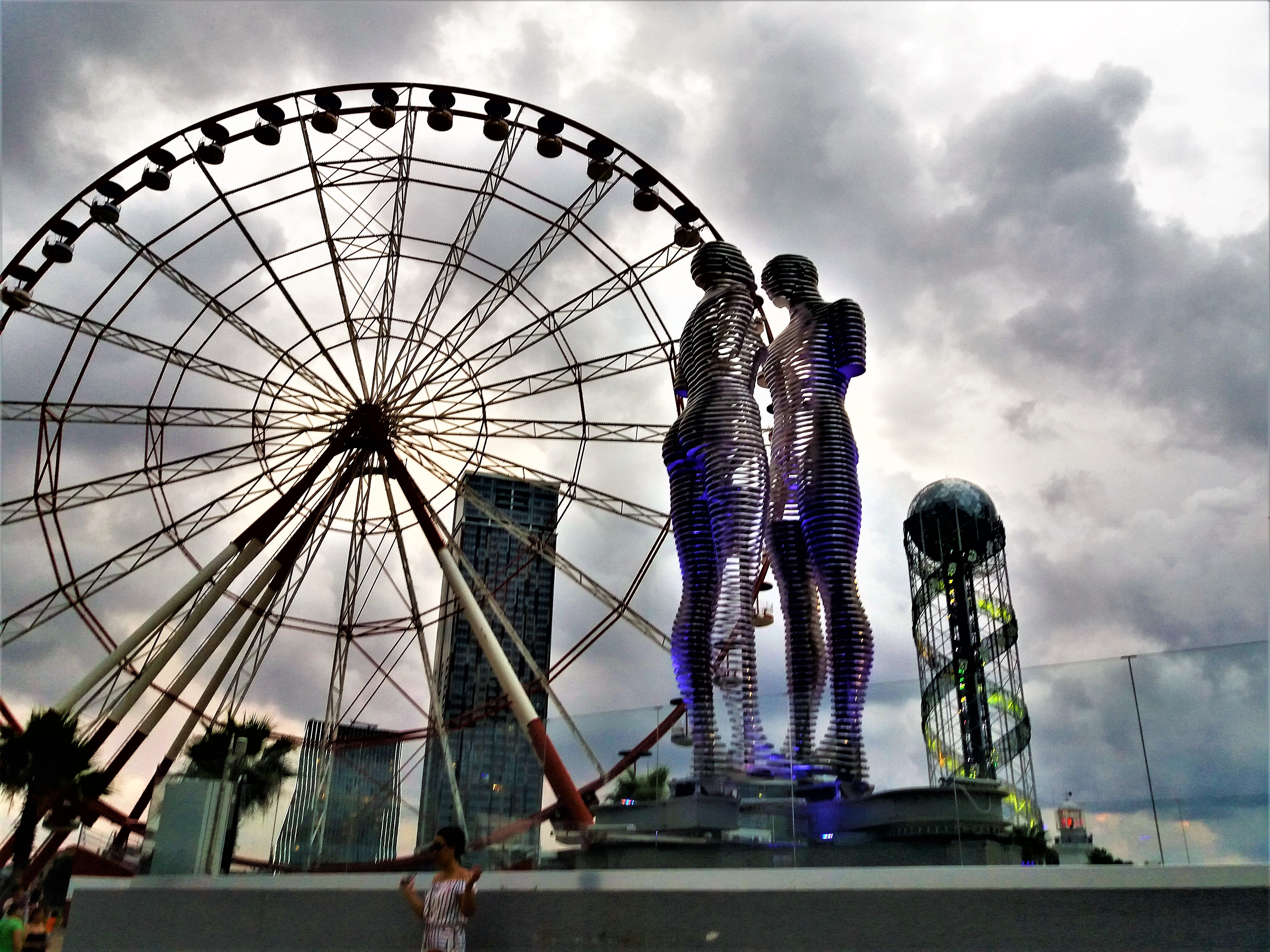
BATUMI – Imperial Russia, Las Vegas and Dubai, married
Okay, so nowadays they like to call it Adjara, but that won’t apply to the old-fashioned-me. I always dreamt about summertime in Adjaria. Perhaps my fascination with Eastern Europe is connected to the fact that I leaned Russian for nine years from the ages of 10 to 19, so I know a lot about the former USSR. And the Black Sea is one of my favourites, since it is “not too hot”, “the water is not too salty”, and the “beaches are long”. These two latter facts are true, but the first is not: Batumi is tropical! Very hot and humid. They all say that Mikhail Saakashvili invested in Adjara and reformed it, transforming it into a kind of mixture between Las Vegas, Dubai and a Russian imperial town. The Alphabet Tower, the Sheraton Hotel imitating the Alexandria Lighthouse, a ferris wheel and Ali and Nino (Nino is female, known as “Nina” here), a kinetic statue where a boy and a girl approach one another, unite, pass through each other and move apart in repetitive circles, really a breath-taking idea. Ali was Azeri and Nino was a Georgian, in the period after WWI in Baku. They loved each other and there is even a film dedicated to their love. The reconstruction of the Old Town and construction of high rise buildings (a Merriott is under construction and a Trump Tower is planned!) lead to an increased number of tourists from Russia, Ukraine, Azerbaijan, Armenia, Turkey (gambling is permitted), Iran and Arabic countries. Funnily enough, here you have Thai massage parlours, strip clubs, Soviet mini markets and halal restaurants standing side by side – like in good-old-multicultural places like Hong Kong. Since we now have omnipresent WiFi and mobile phone cameras, I managed to capture quite a lot of pictures and share them with friends, who were astonished that Georgia can teach all other countries how to redevelop things. Inside the Old Town there are new buildings built in a pseudo-old style, so they fit the ambient perfectly – unlike in Serbia. The Maritime Promenade is many miles long, and everything is impeccable. The beaches are never crowded and are made of pebbles as opposed to sand. Relax and chill.
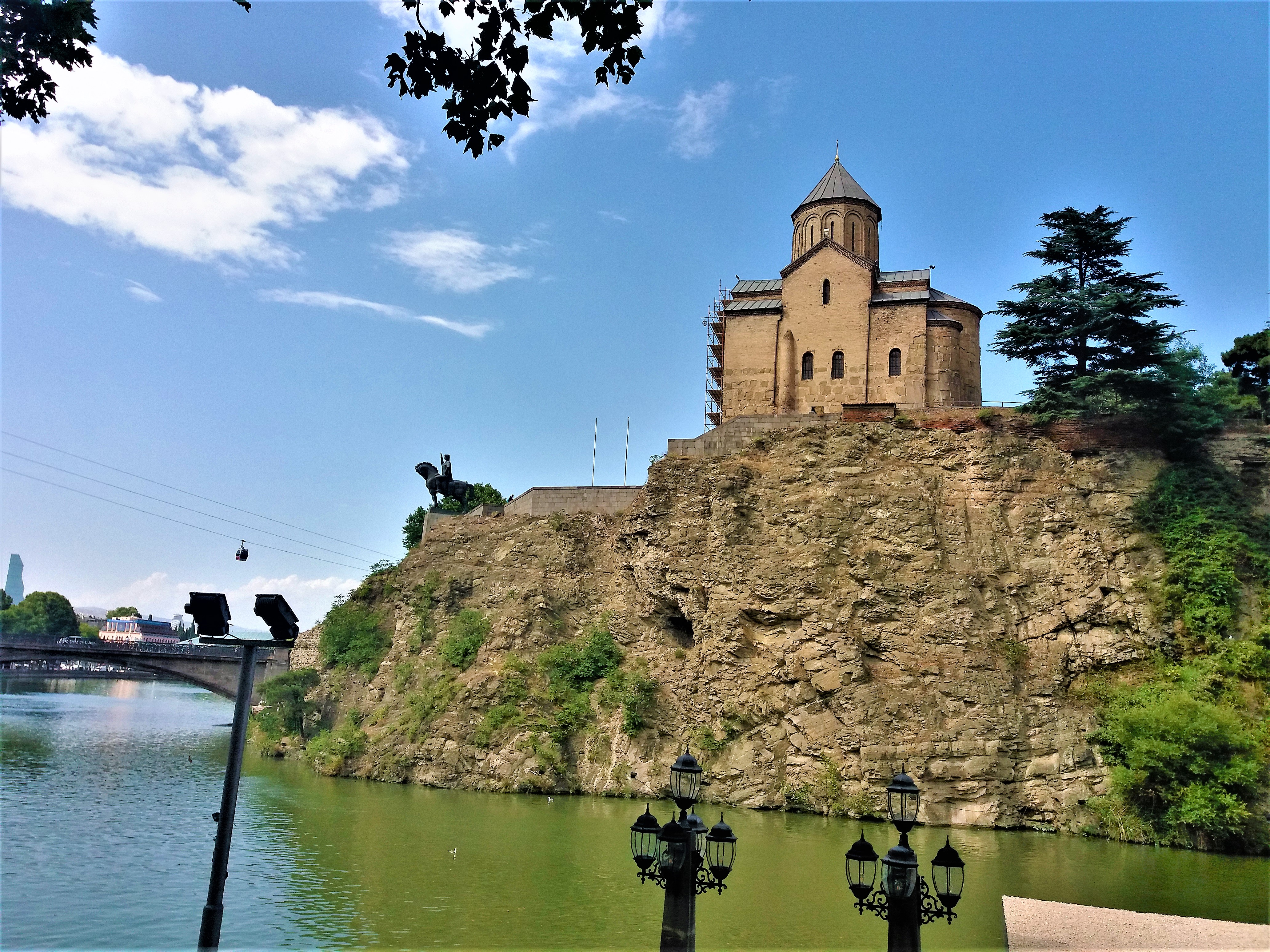
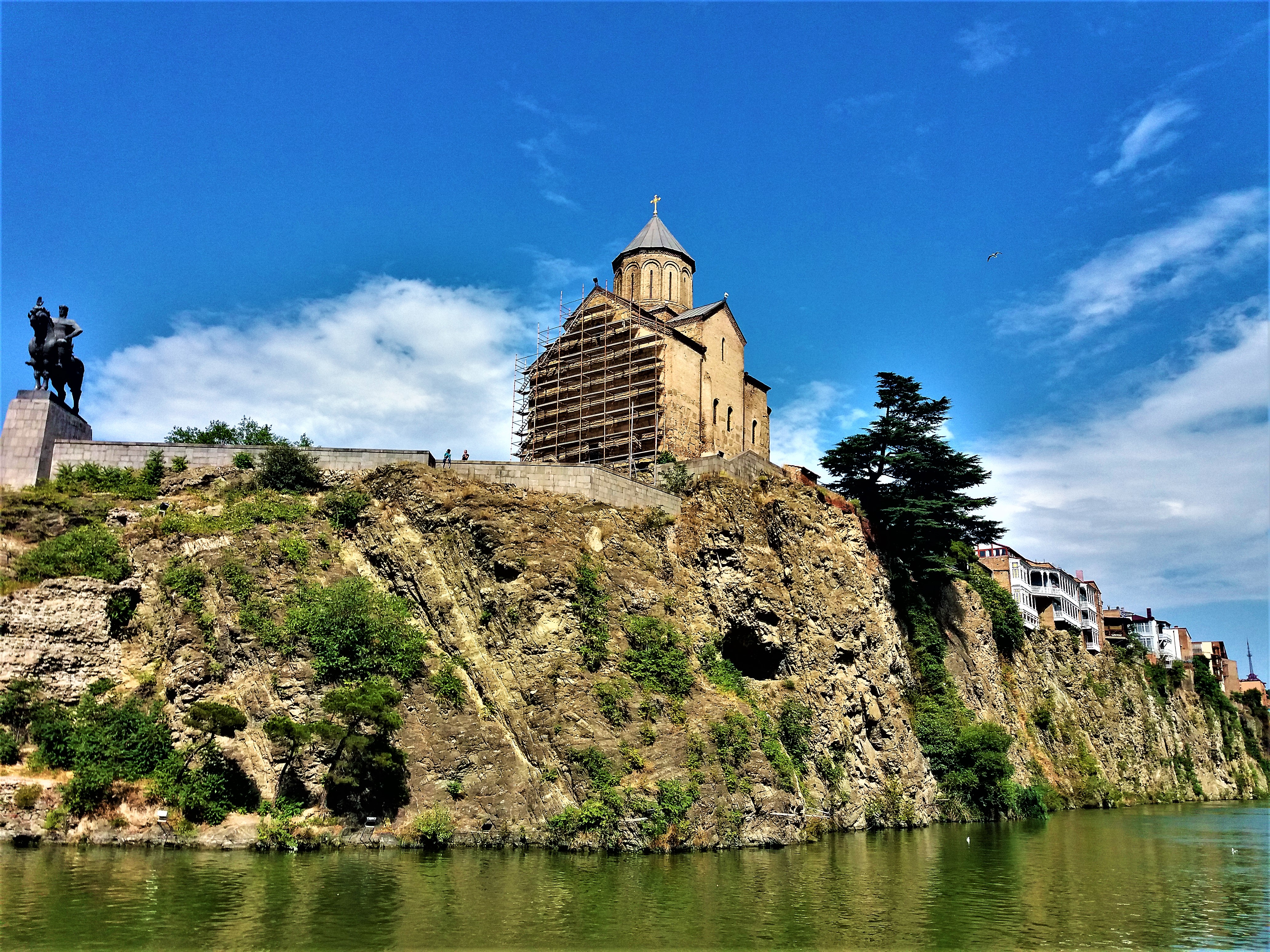
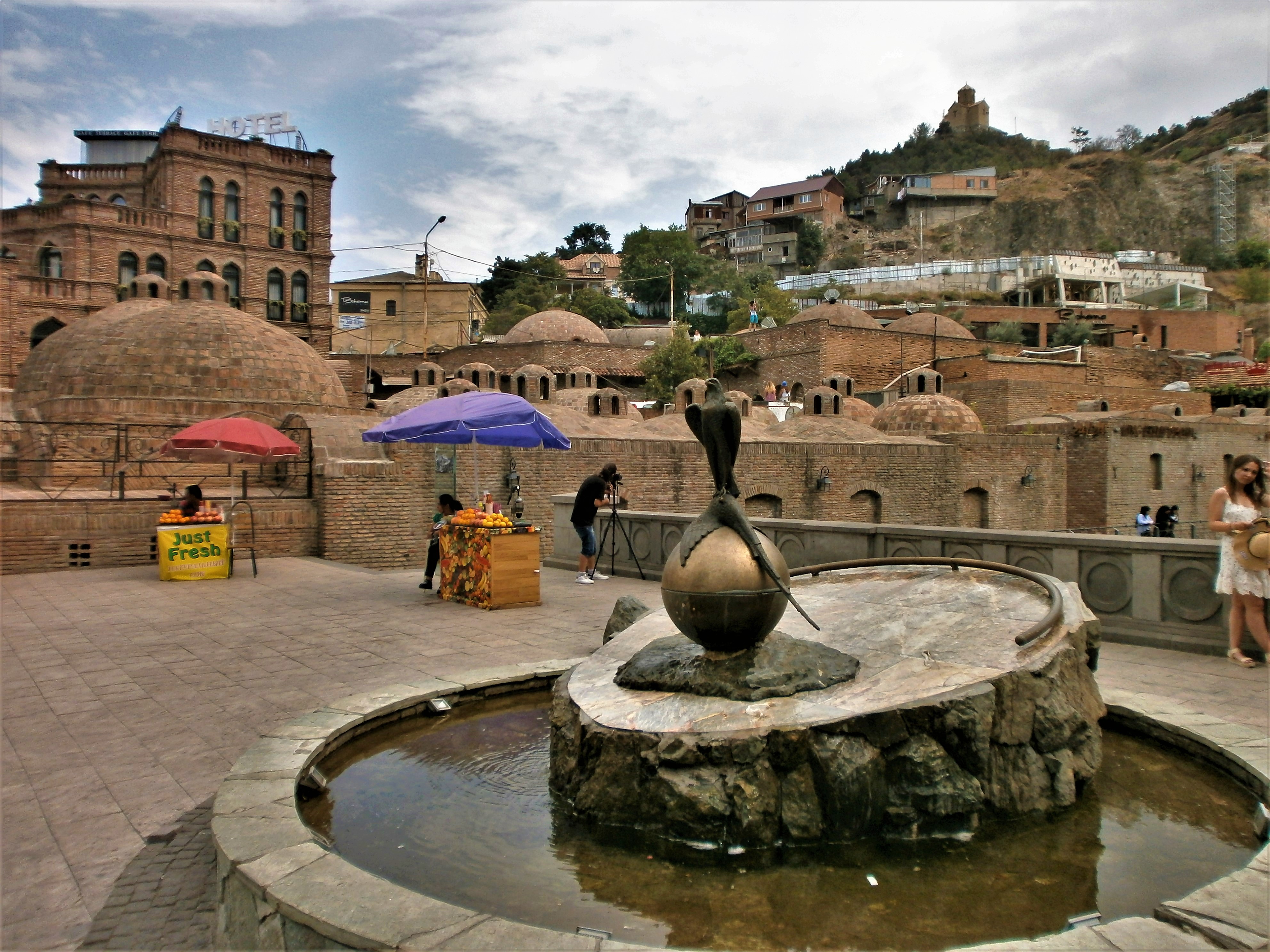
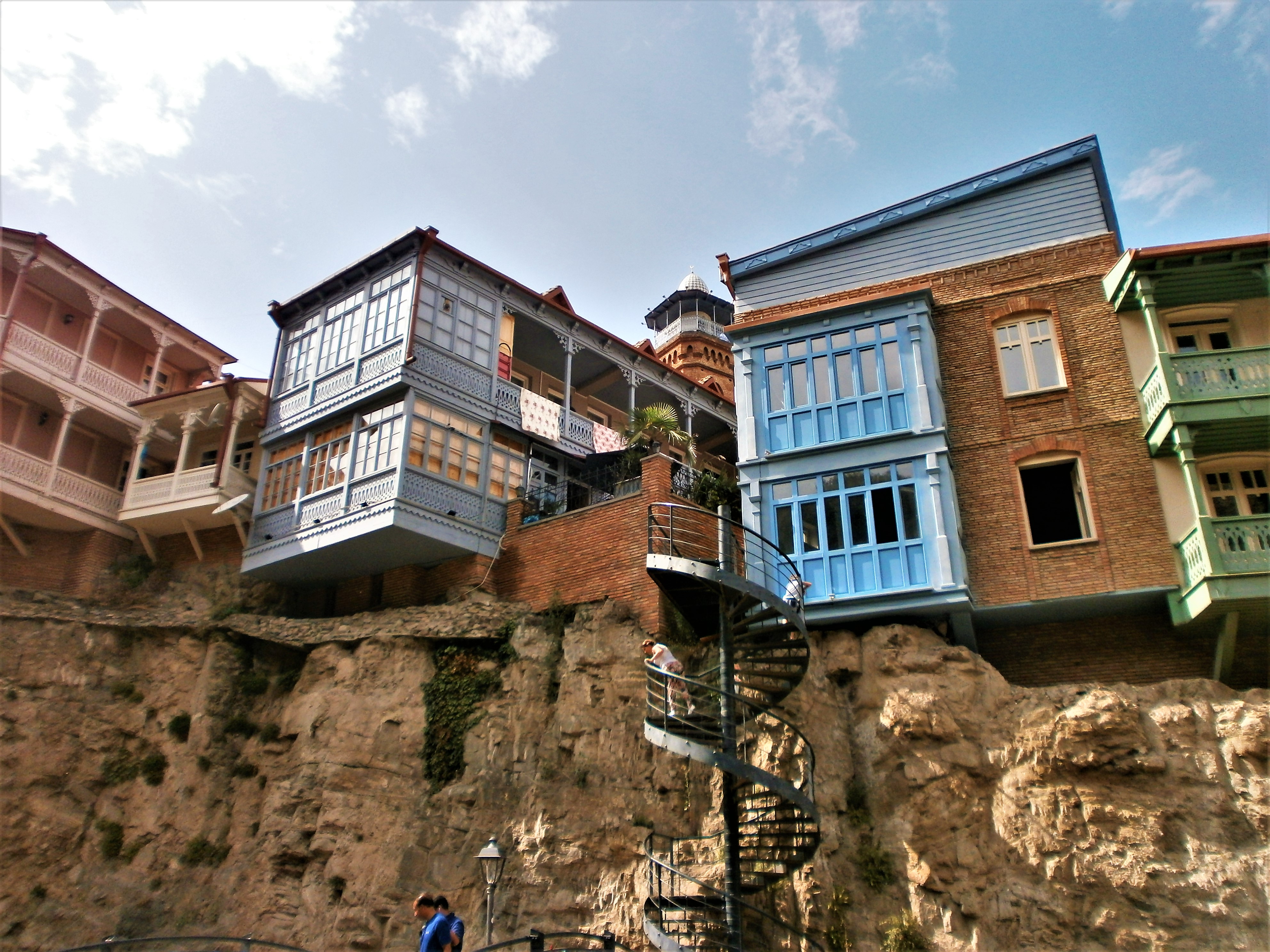
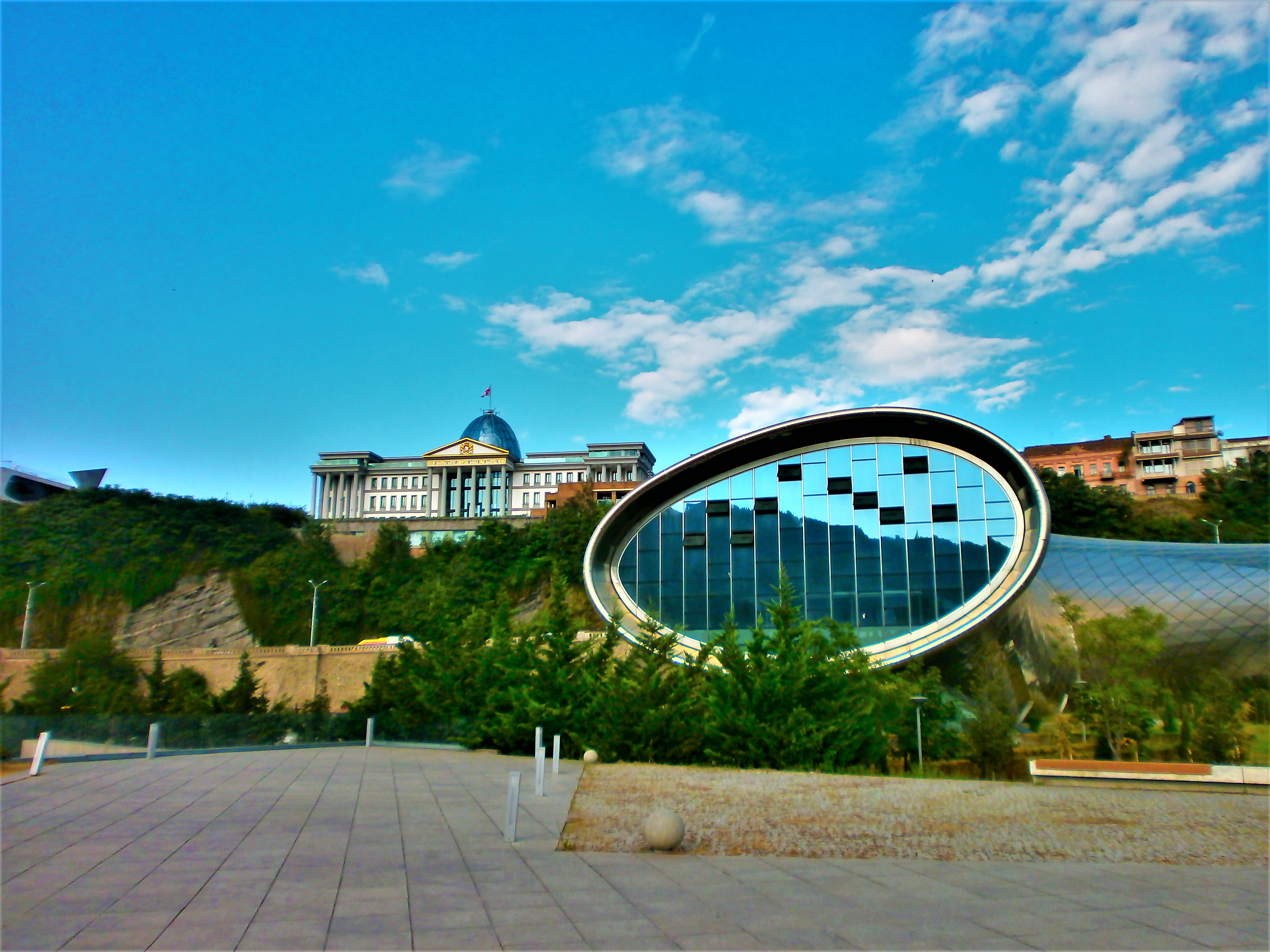
TBILISI – The Easternmost Prague, the mountainous Odessa
When we were kids, the name Tbilisi always echoed in our minds with the exotic air in its sound! Like Dynamo Tbilisi. When we read Lermontov, we knew that the old name was Tiflis, which is a bit easier to pronounce but equally exotic. During the Russian Empire, it was one of the local capitals. It reminded me a lot of Odessa, and there is little wonder why – it has similar wealth and architecture, coupled with the similar role. They say “between 1801 and 1917, having then been under the rule of the former Russian Empire, Tbilisi was the seat of the Imperial Viceroy”. Well, that provides a clue. Nowadays dotted with small shops, hostels and novelty buildings like The Glass Bridge, Tbilisi really reminds us of a new Prague; a tourist hotspot that attracts visitors thanks to its architecture, nightlife, fantastic wine and food (Georgian wines are among the world’s best!). The city is located on hills where you can find many old quarters, some of which have been renovated (like the Muslim Quarter renovated, unsurprisingly, by Azerbaijan!), to the Old Tbilisi which surpasses Belgrade’s Skadarlija by far. It is so easy to orientate that Tbilisi makes you its “inhabitant” after just a day. The Georgians are fond of funiculars, so we took one to climb the hill and Narikala Fortress and see the Socialist statue of the Mother of Georgians. Closely resembling Vuchetich’s Motherland in Kiev, it was placed here… well, to replace the most famous Georgian, Stalin. The hanging houses above the River Kura, old buildings waiting to be renovated, the former homes of wealthy folk who lent money to Russian emperors; lots of youngsters from all over the world… The excursion to Mtsketa, the old capital, brought us Turkish coffee cooked on hot sand, and beautiful monasteries: Mtskheta! Mtatsminda! I’ve dreamt of visiting these places since I was 18. That’s because, as Peter Handke said, in ex-Socialist countries I feel like it is all real and not staged. Tbilisi is real … still.
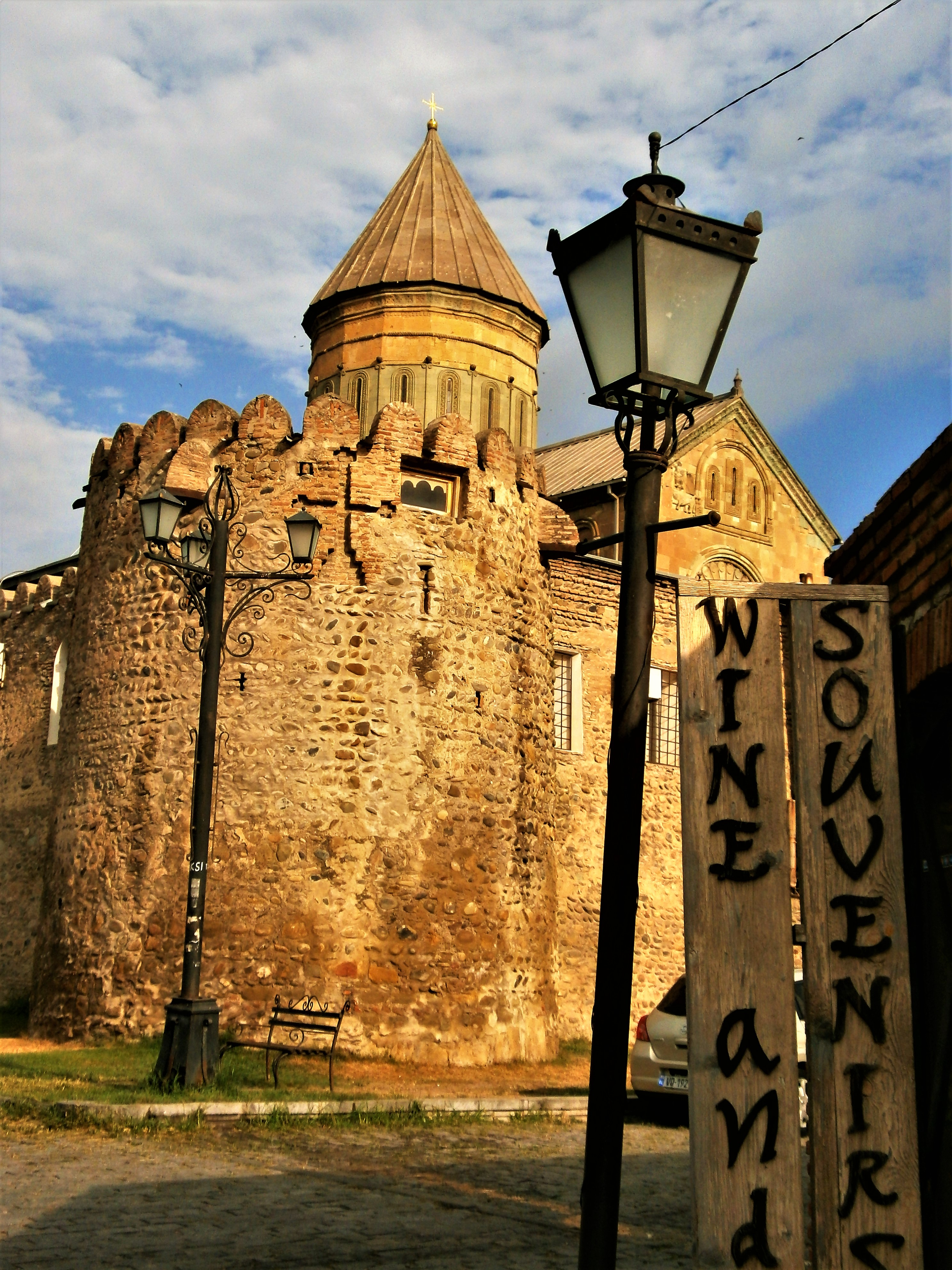
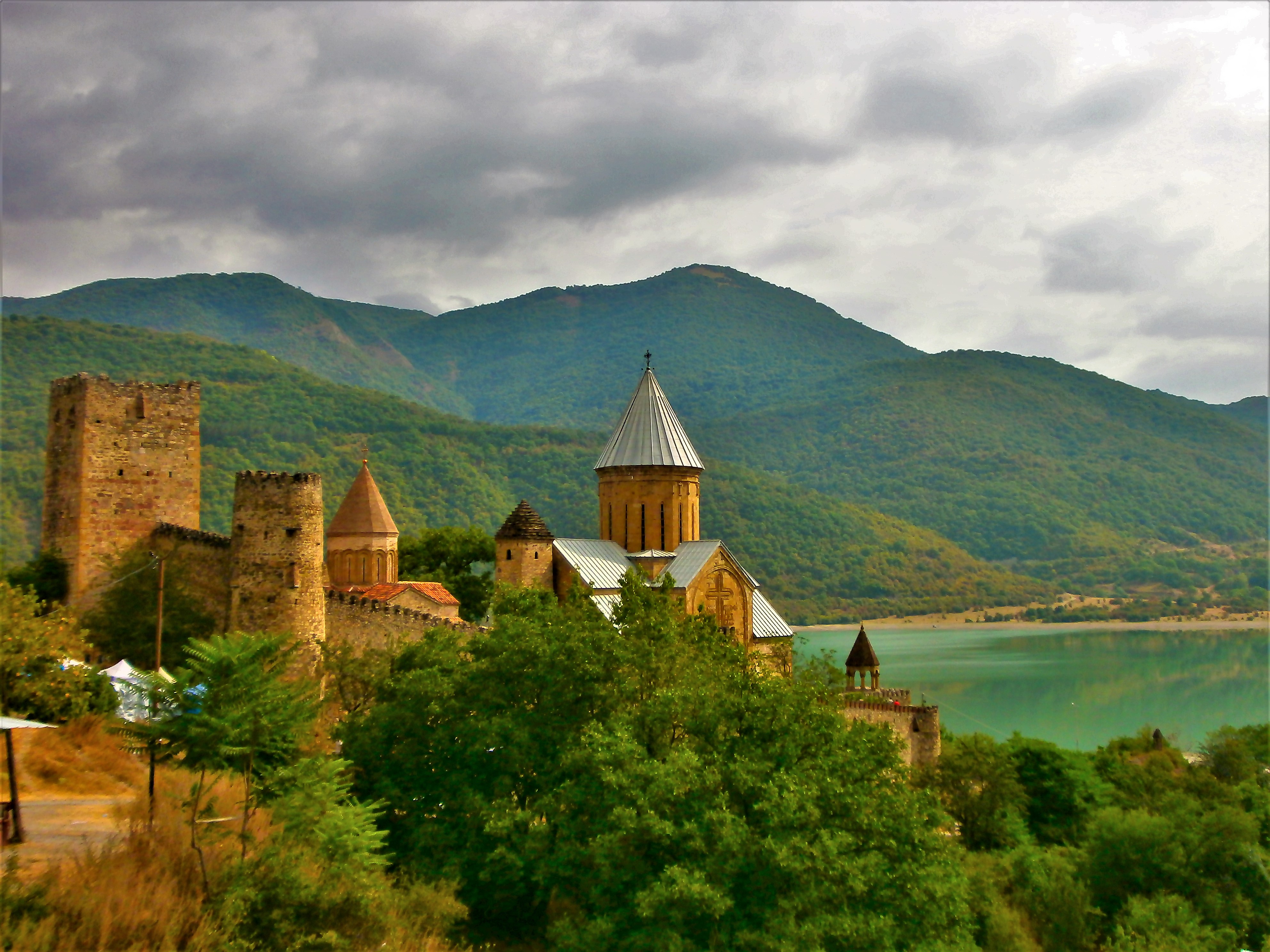
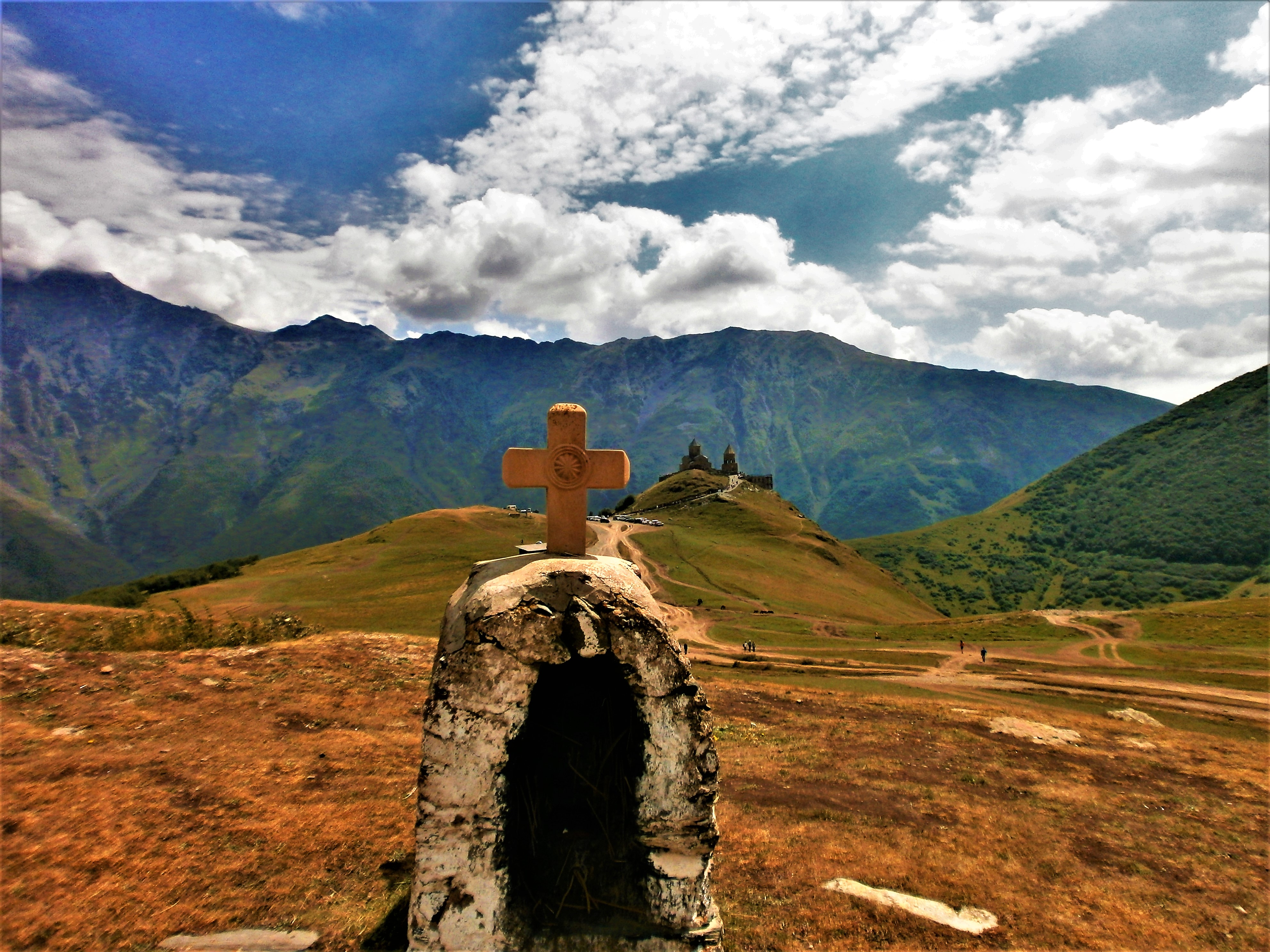
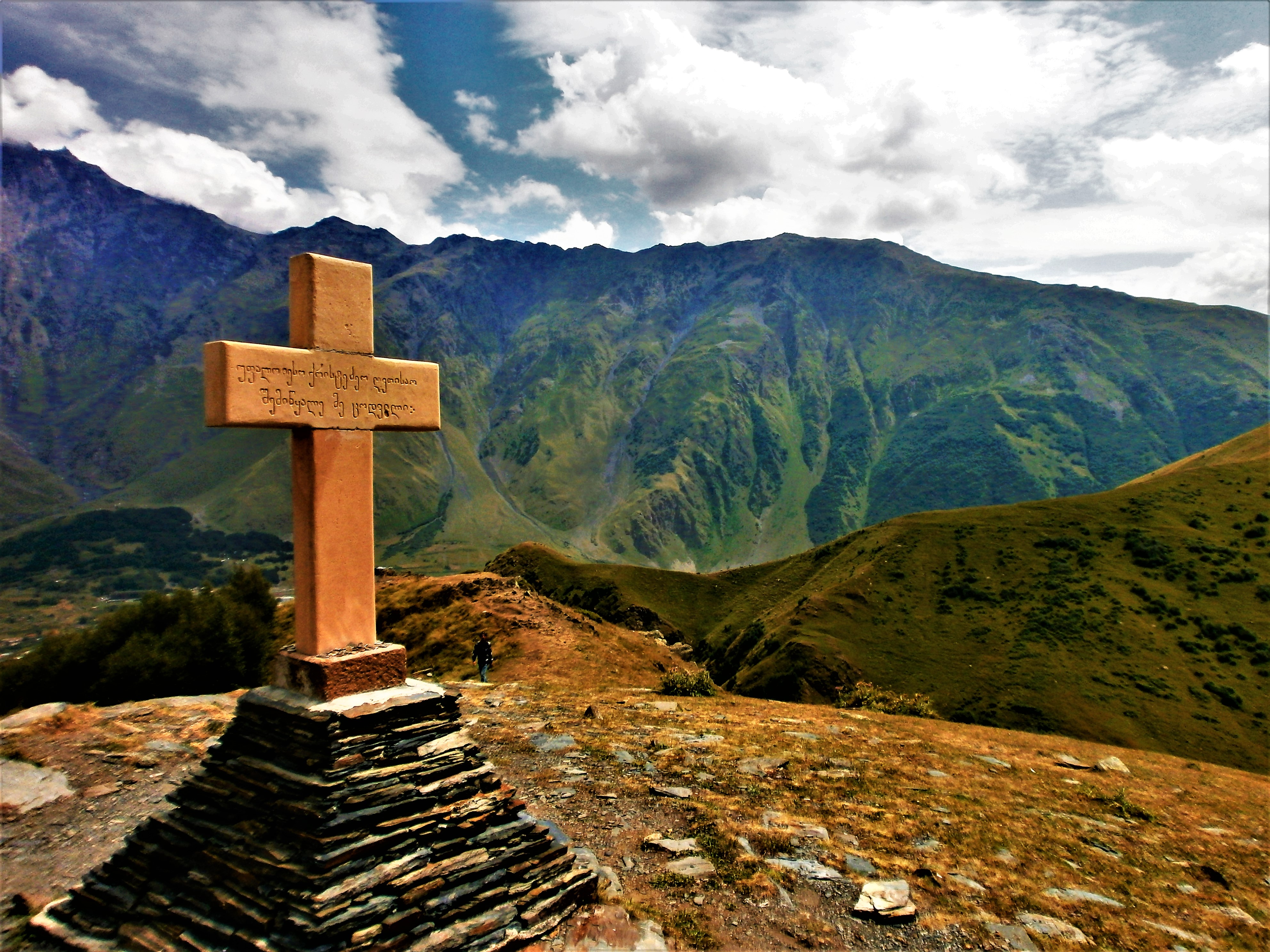
KAZBEK – The old man with the beard
The road leading northwards reveals to us the fortress of Ananuri, reddish and charming. We note that we are only about a kilometre west of South Ossetia, the rebel region, which has only two roads leading to it, otherwise it is surrounded by impenetrable mountains. Saakashvili ousted Shevardnadze and the Adjarian semi-independent Abashidze, reformed the country, brought investments, then started a stupid war he lost, after which he was accused of corruption and stripped of his citizenship. What a wasted chance! We are heading towards the Gergeti Church, near Kazbek’s highest peak. Cold, green, windy. Lermontov rode here and described Kazbek as “the old man with a beard” – the beard being the clouds encircling its invisible peak. We know why he rode – the roads are no better than in “Hero of Our Times”. We also saw the Terek, the famous river from his poems! Radomir wants to hike… alone. After Kazbek showed its ugly face and a shower began, all those signs of dead hikers were suddenly quite sensible. Do not hike alone! Kazbek doesn’t like loners, warns one sign.
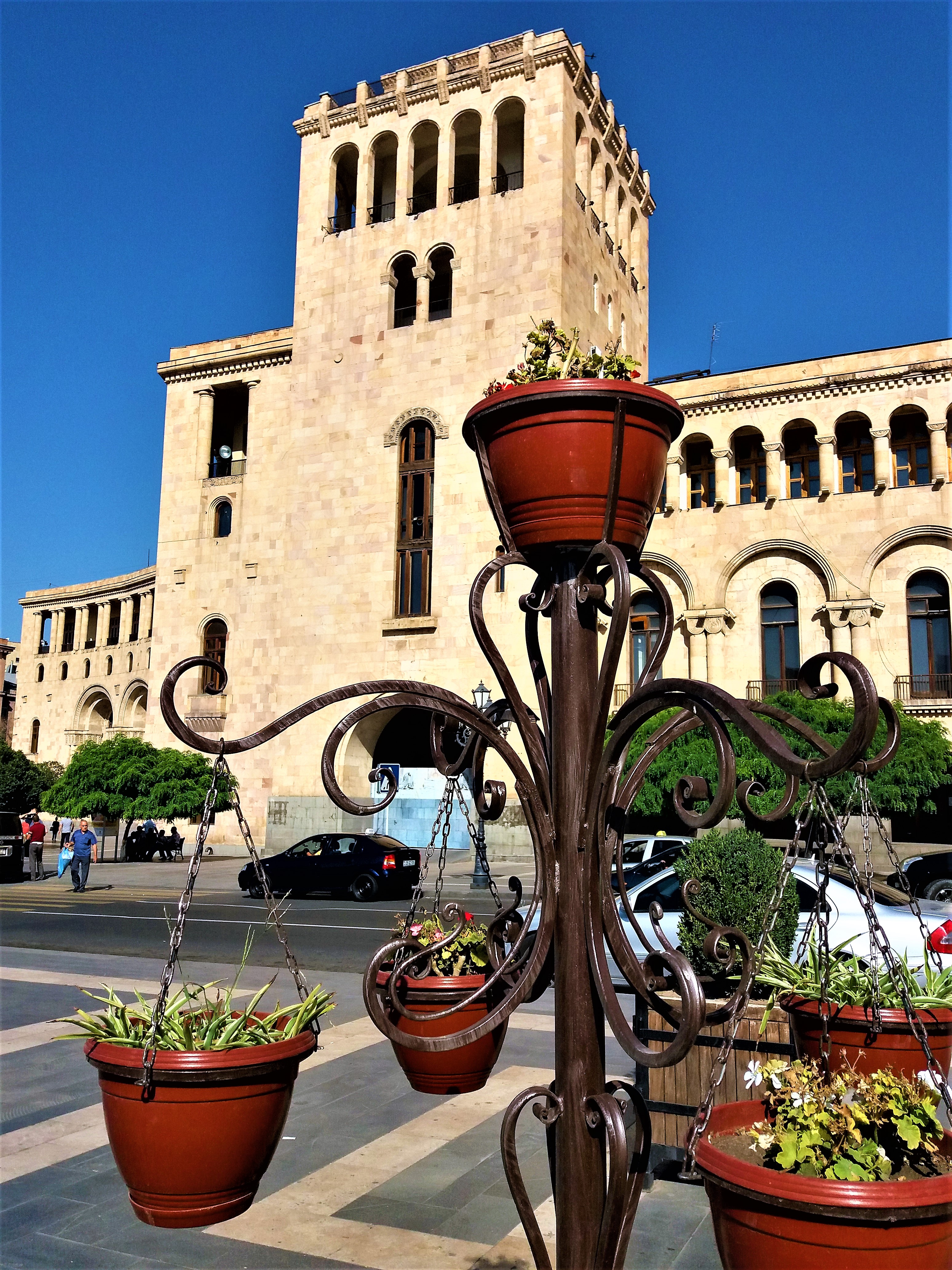
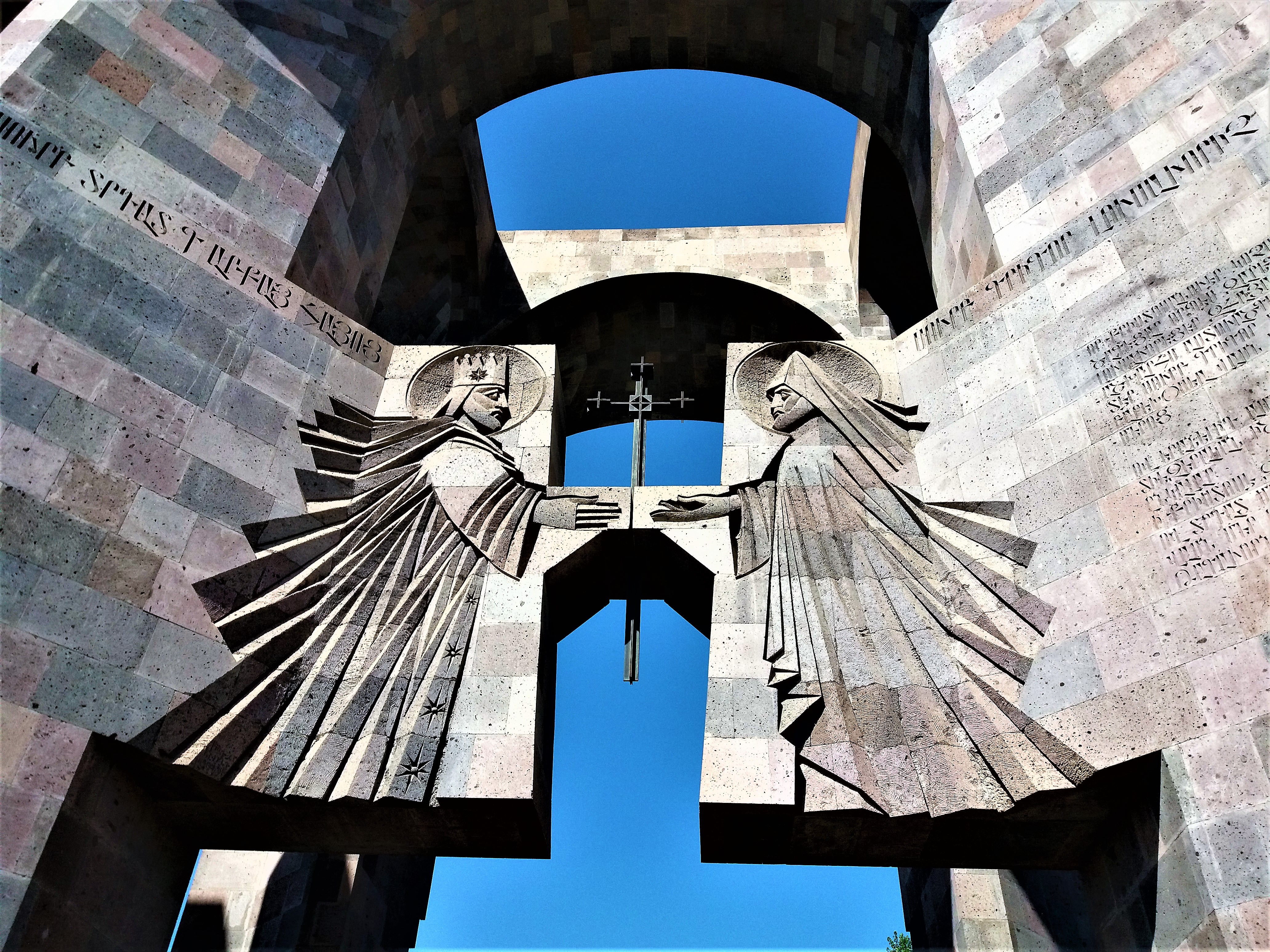
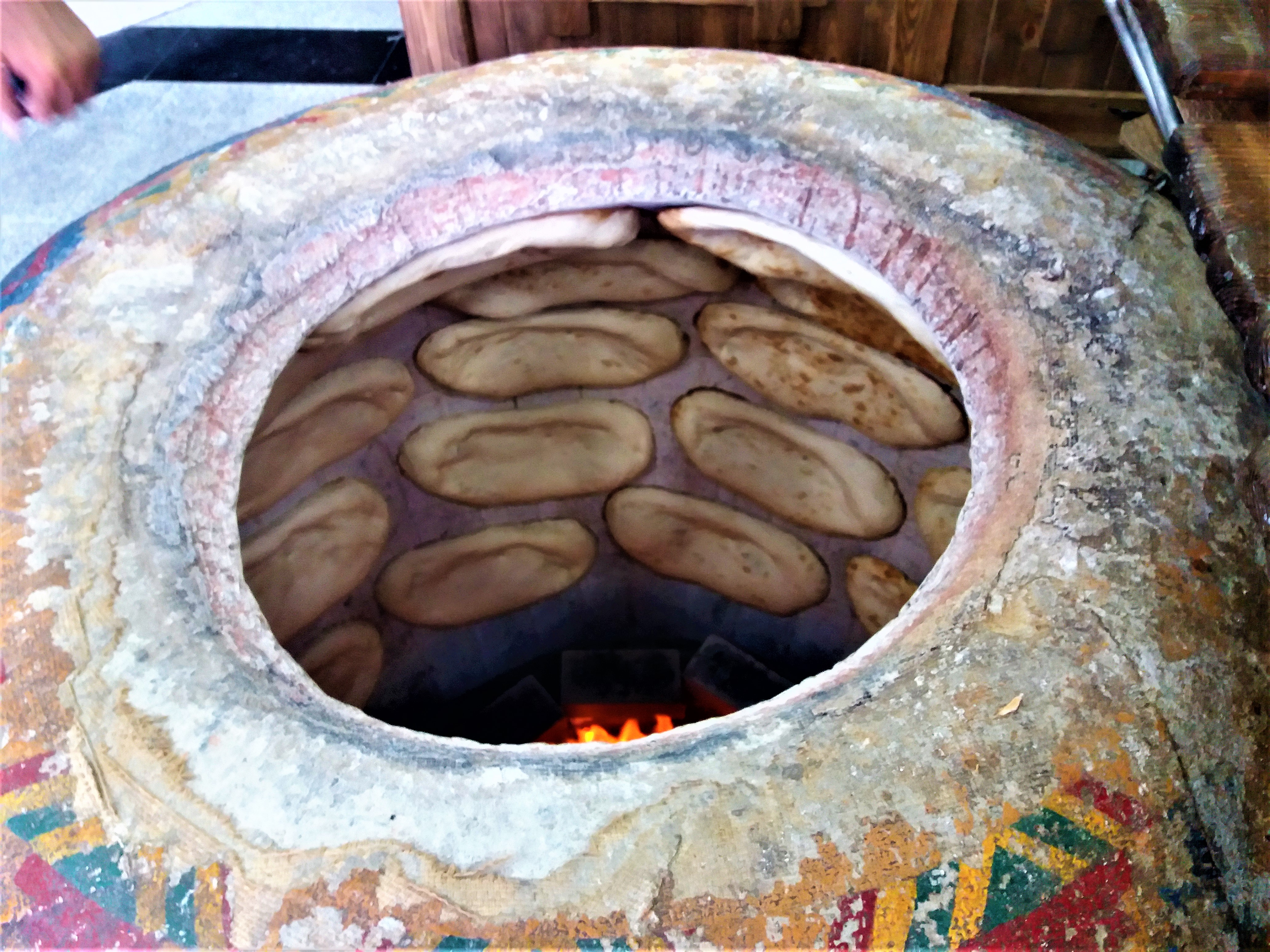
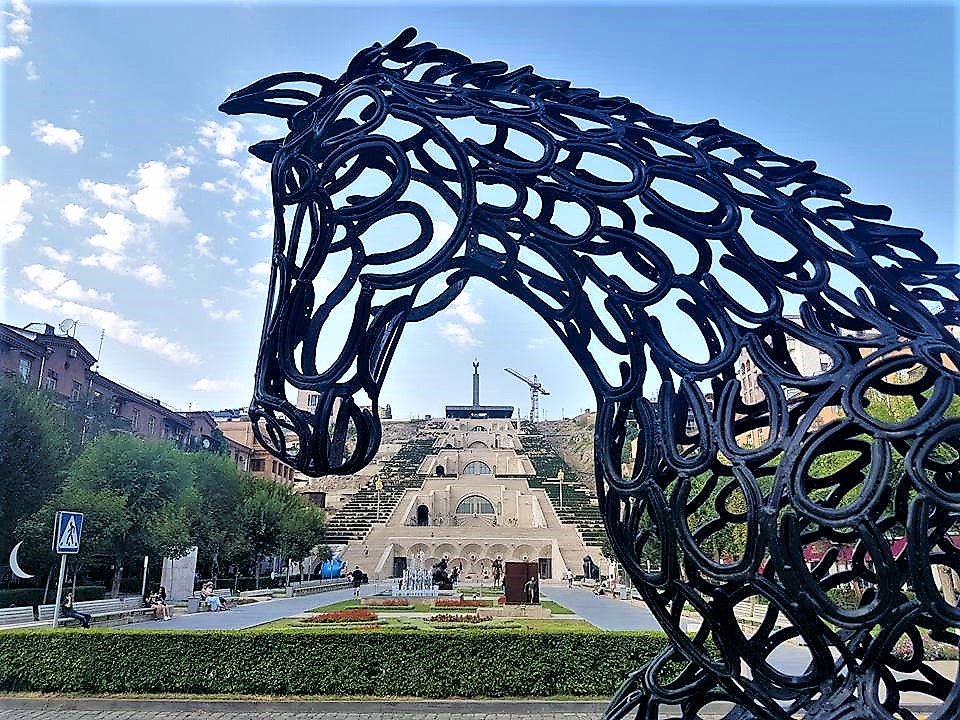
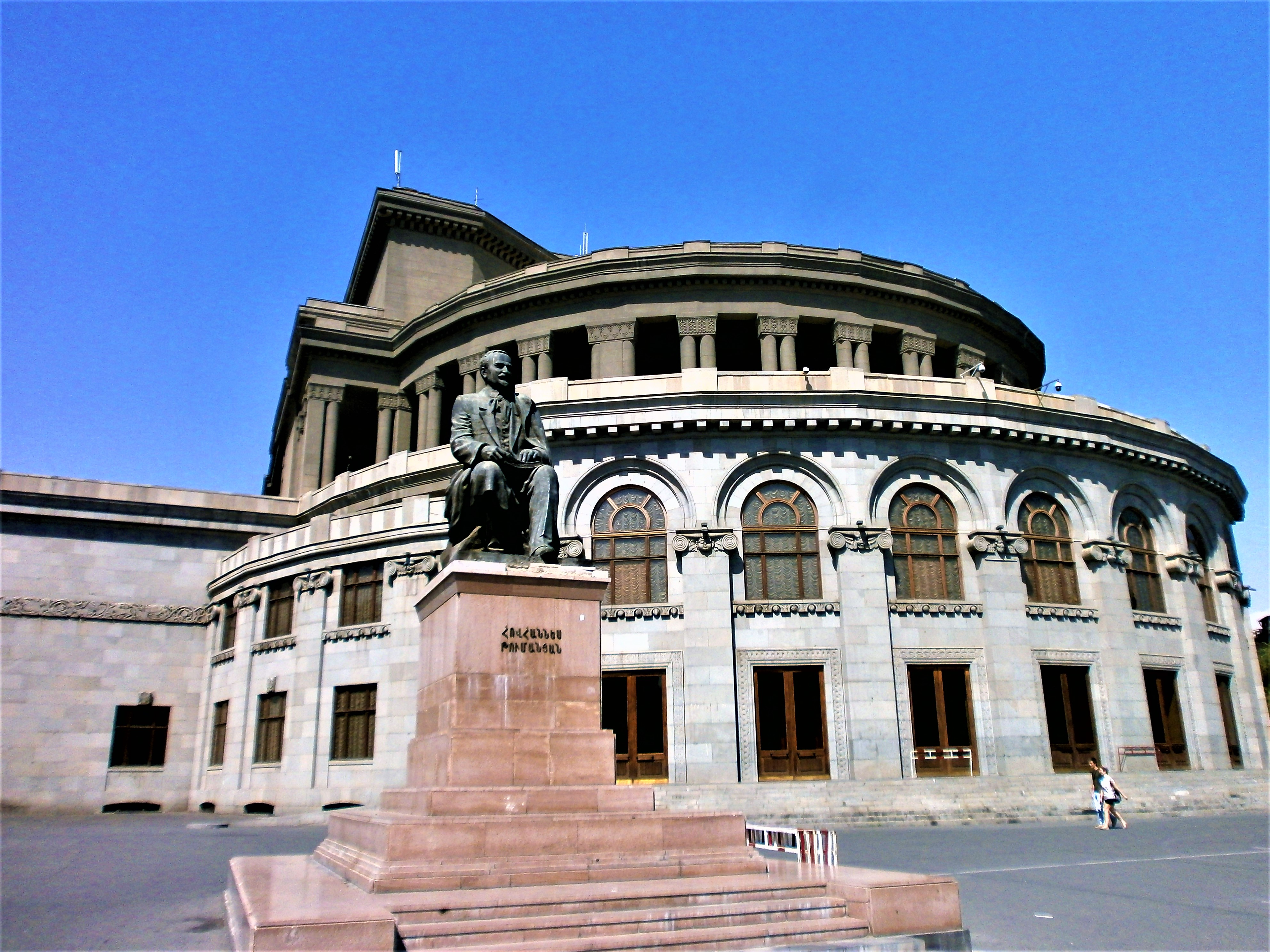
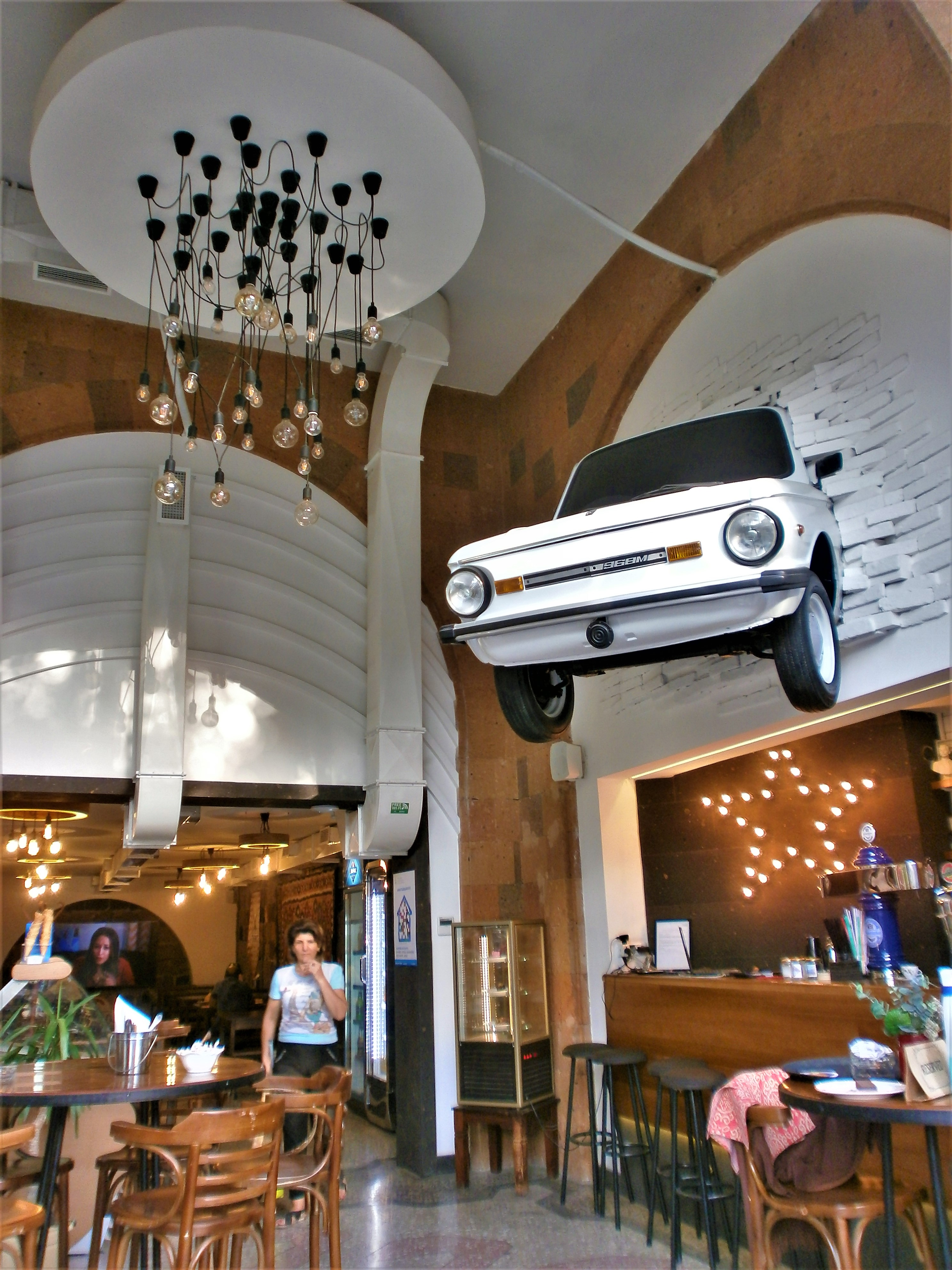
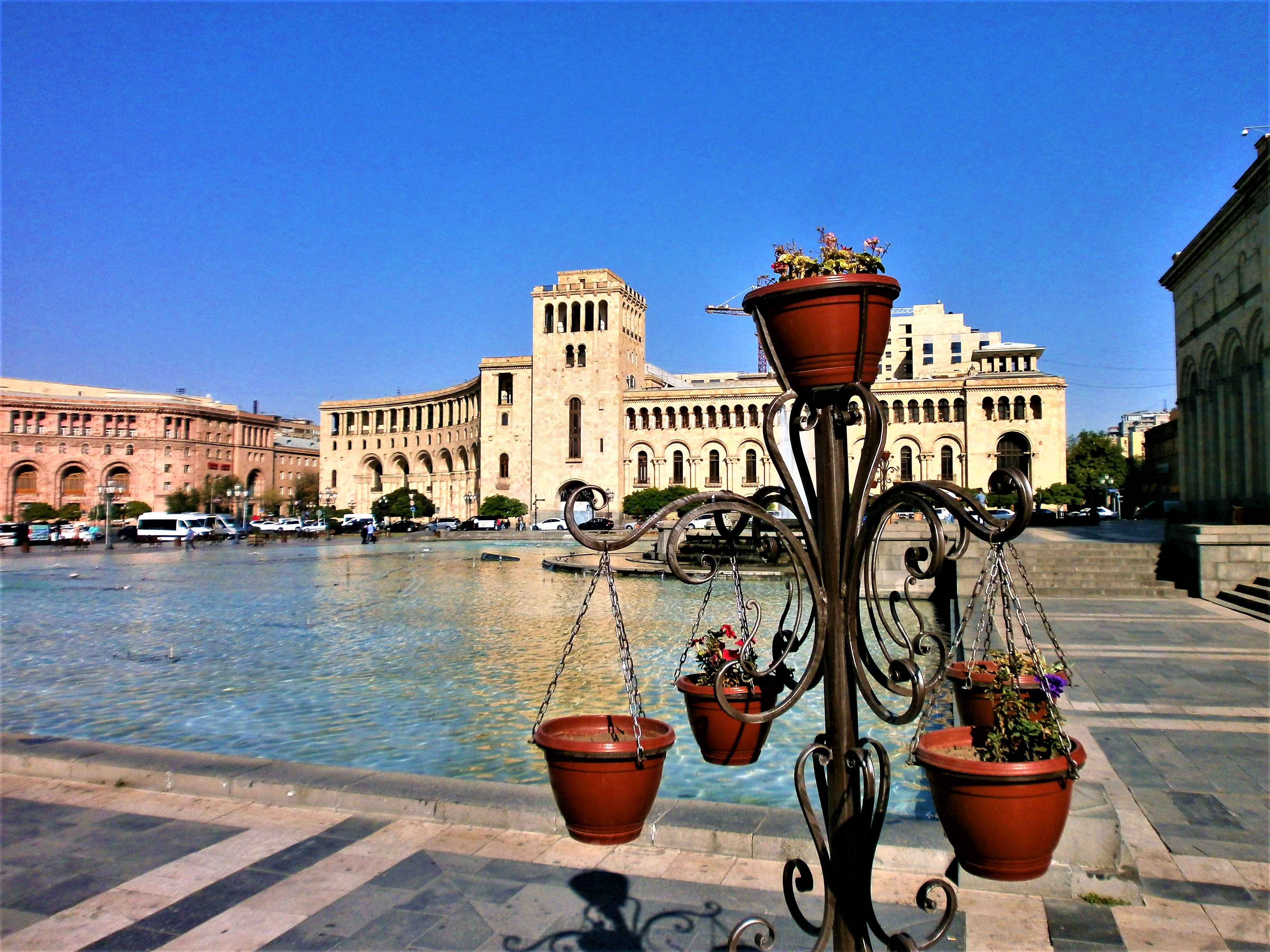
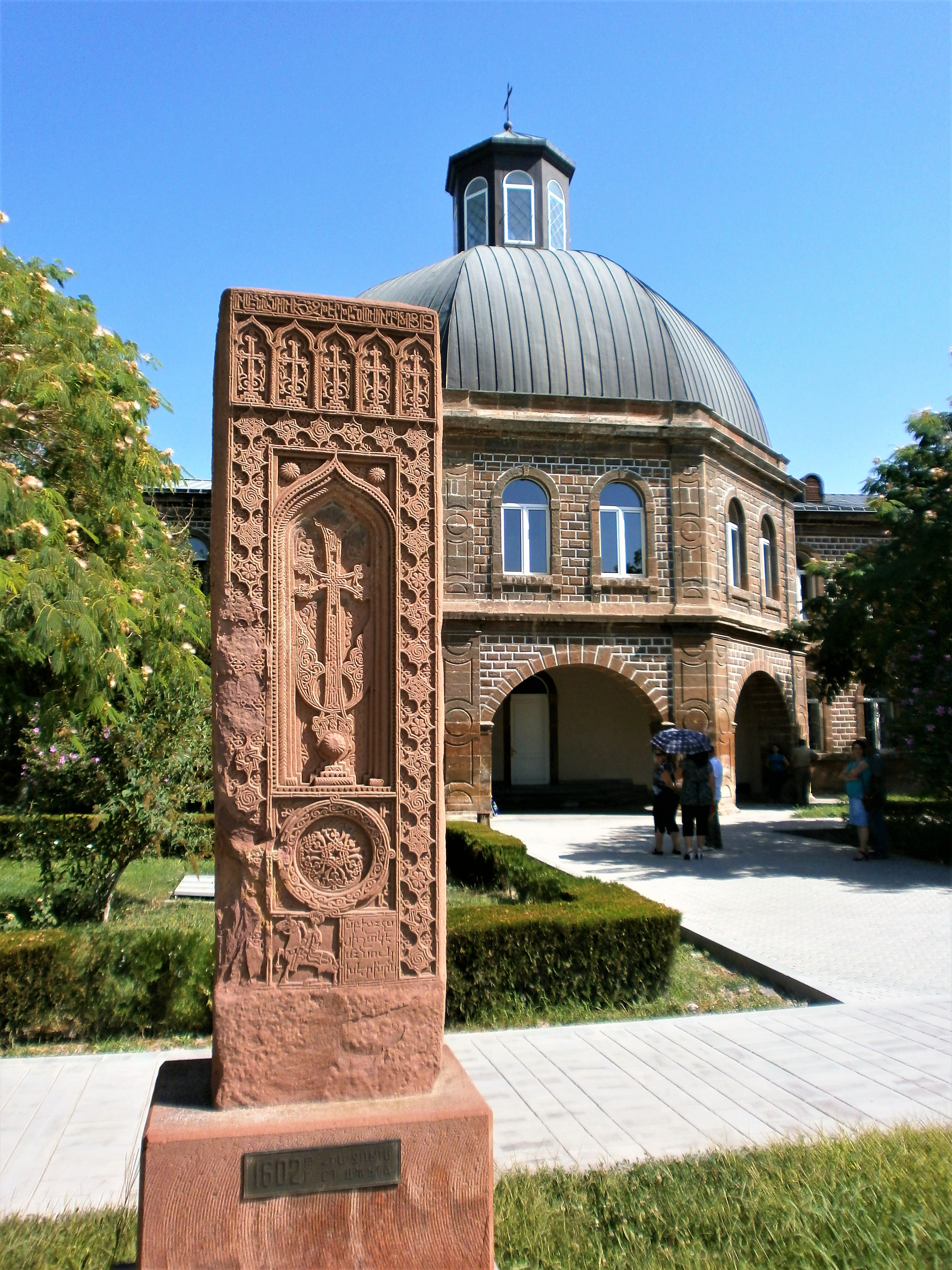
YEREVAN – The Impeccable Pink City
In stark contrast, Yerevan in Armenia is all pink and all Socialist. Made using the famous tuff stone, it more resembles Minsk, though it lacks the historical buildings. It is so perfect and made to suit the needs of residents, not tourists. It looks like a polished version of Serbia: Belgrade without the wars, sanctions and the scum and dirt of the ‘90s that still linger; returned after detox and rehab, and a bit of anti-wrinkle plastic surgery, a total makeover. It is so sad that we are not at that level. Mashtots was the linguist who invented the Armenian alphabet and helped design the Georgian one (why two?), and his statue stands proudly atop the city. After all the genocides, Armenia is landlocked and Ararat, although visible, is on foreign grounds. This greatly saddens Armenians. Our host, director David Safarian, took us to Old-Soviet style restaurant where we proudly tasted wieners with potato, eaten by Soviet students, adorned by old Volgas. The people like Serbia a lot, stopping you in the street and inviting you for a drink. The destinies of the two nations are painfully similar. Armenians like to say that they are Orthodox, but they are actually monophysites, having accepted Christianity in 301AD, before Orthodoxy was even defined. Echmiadzin, the Patriarchy Centre, is full of khachkars and churches. The evening in Yerevan brings magnificently up-lit state buildings and the fountain that far surpasses the new Slavija fountain. Yerevan stole our hearts.